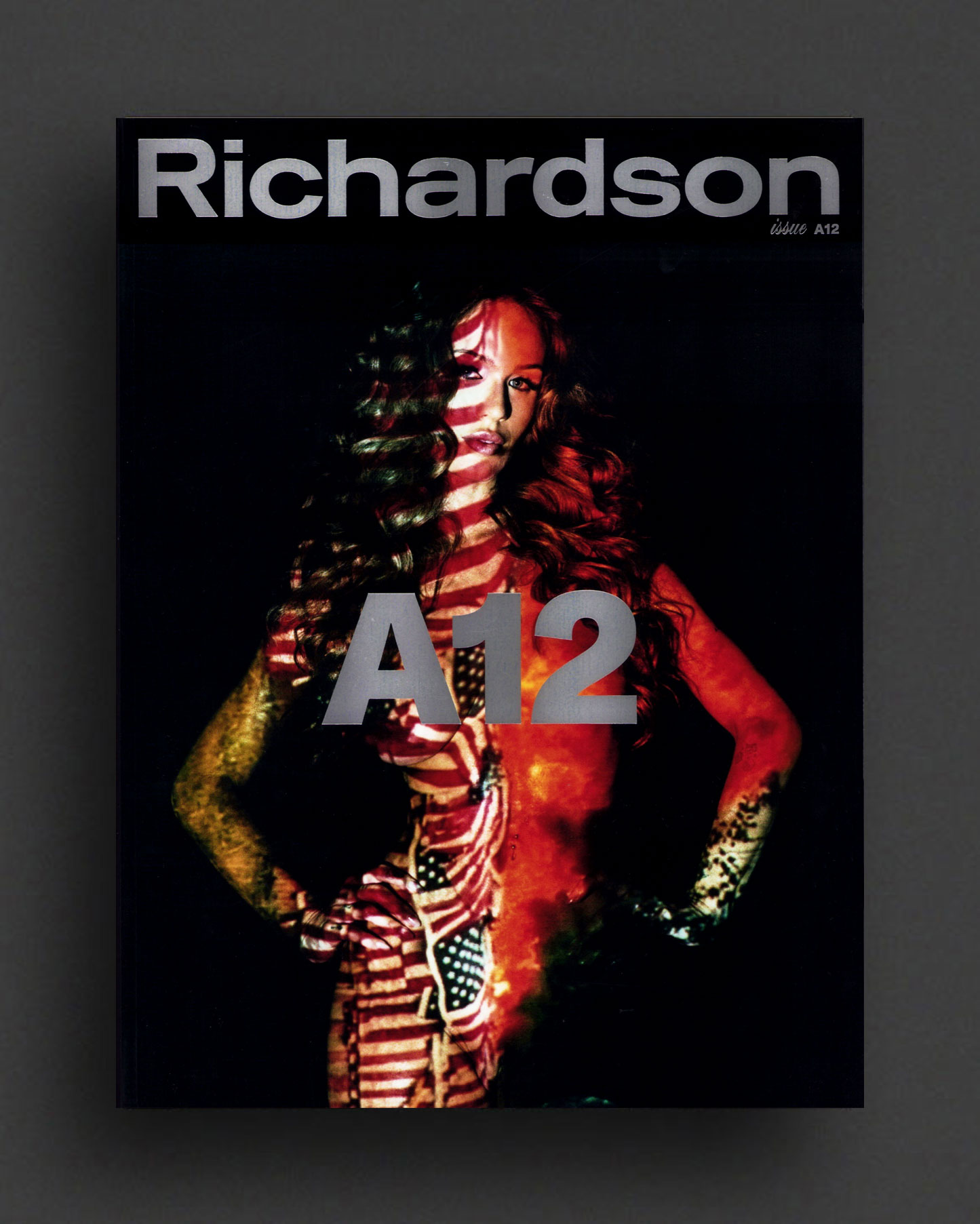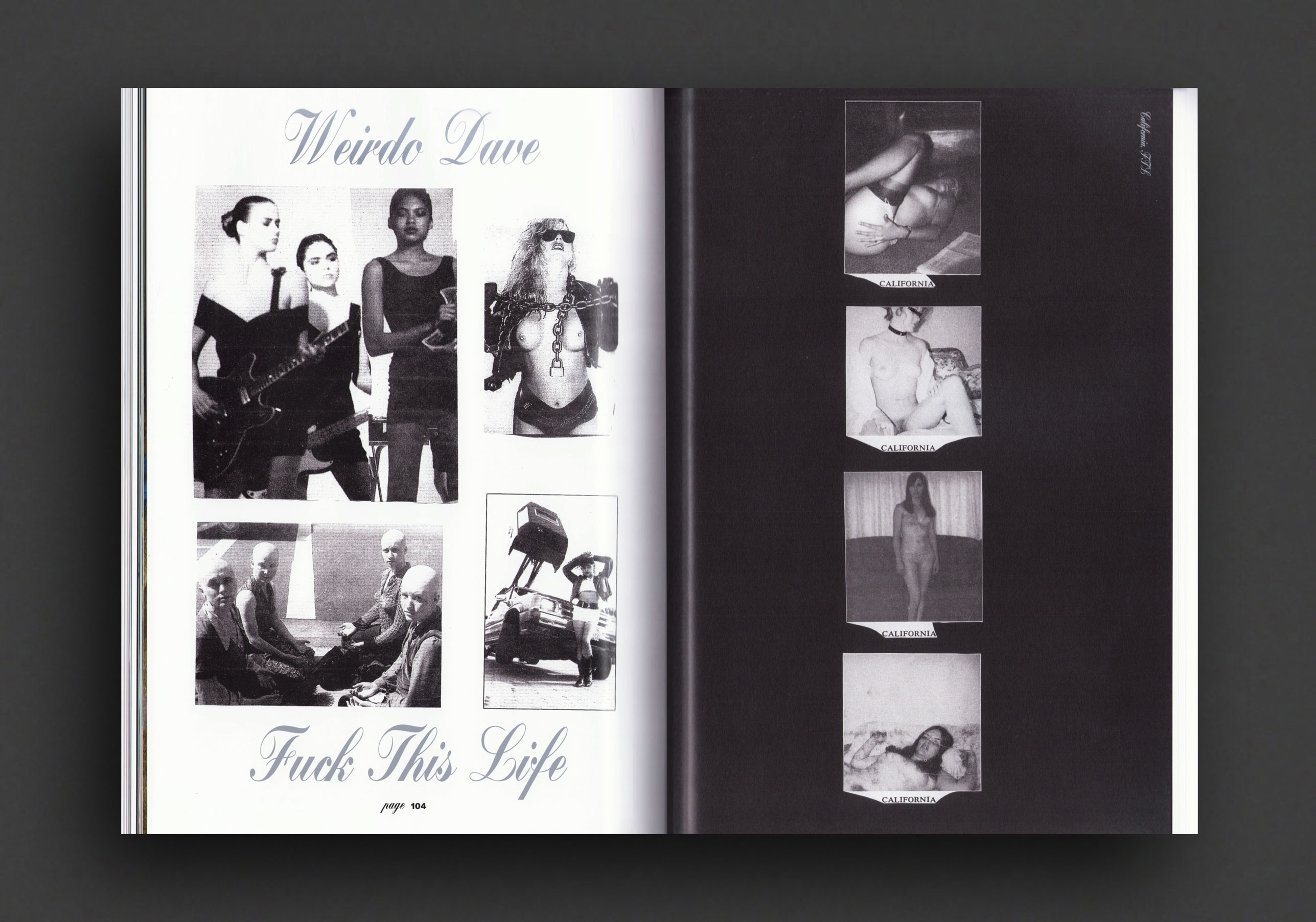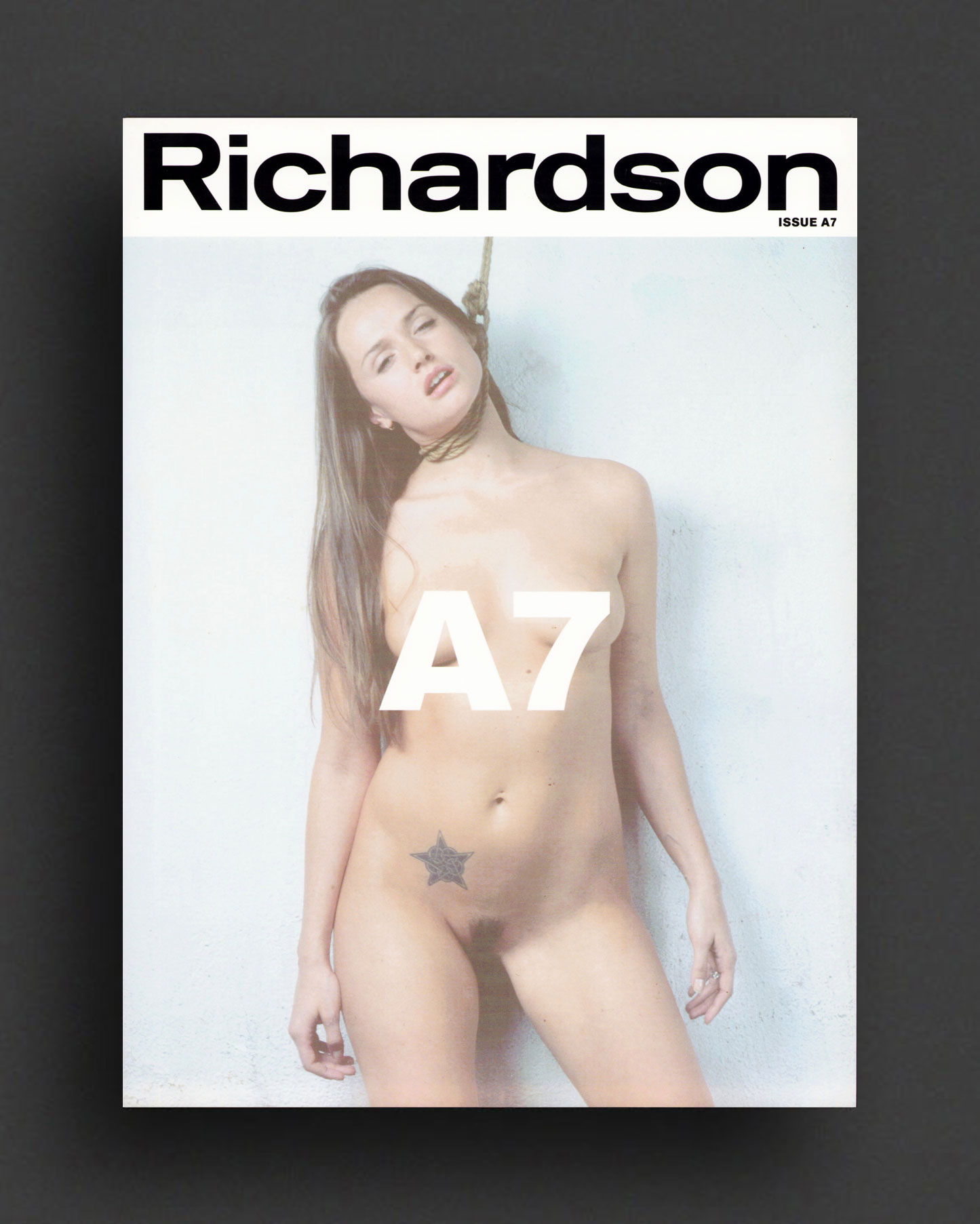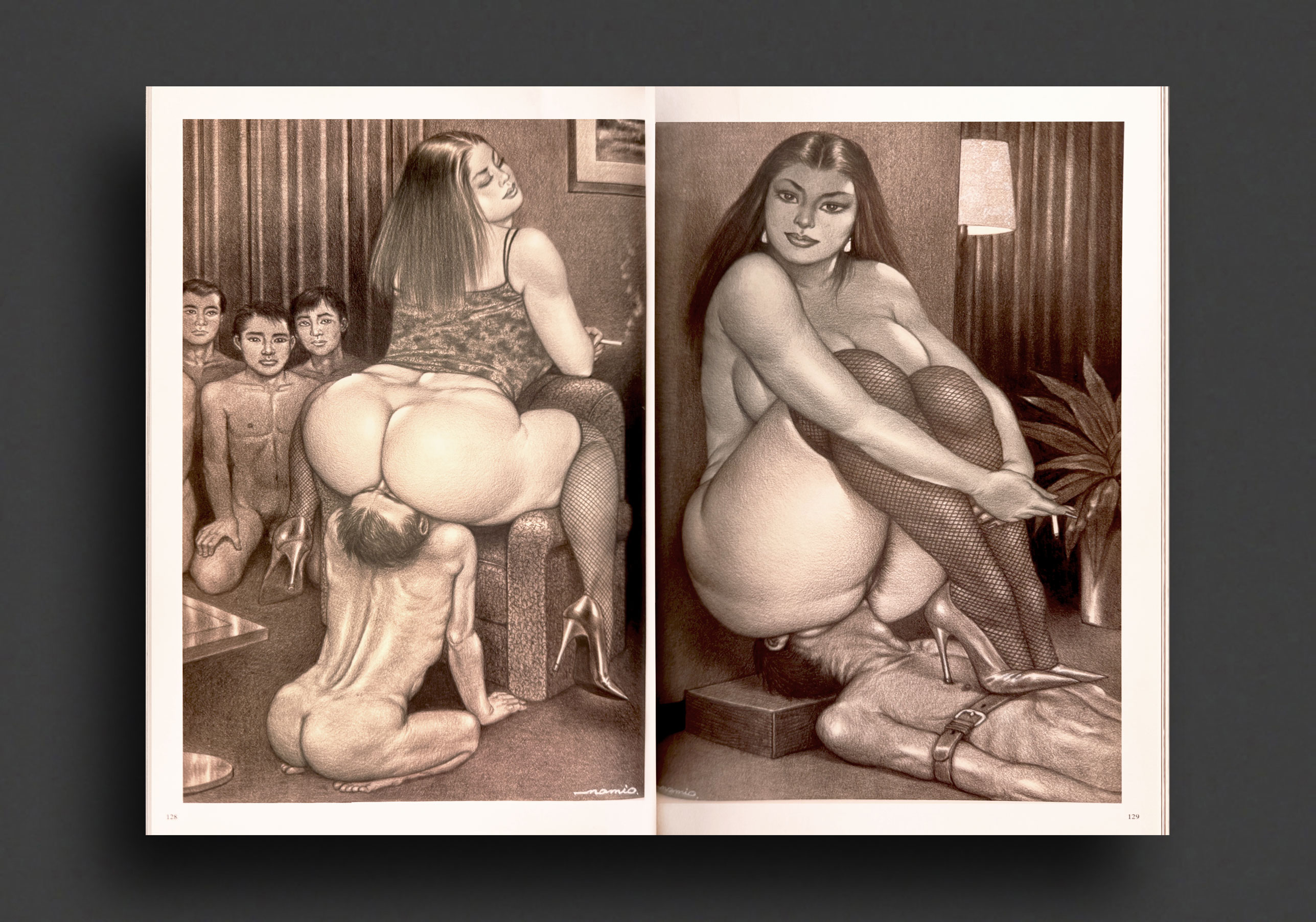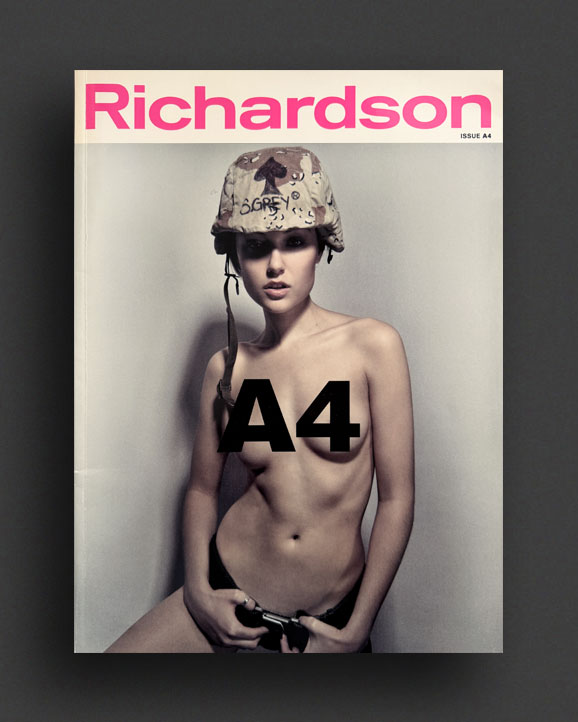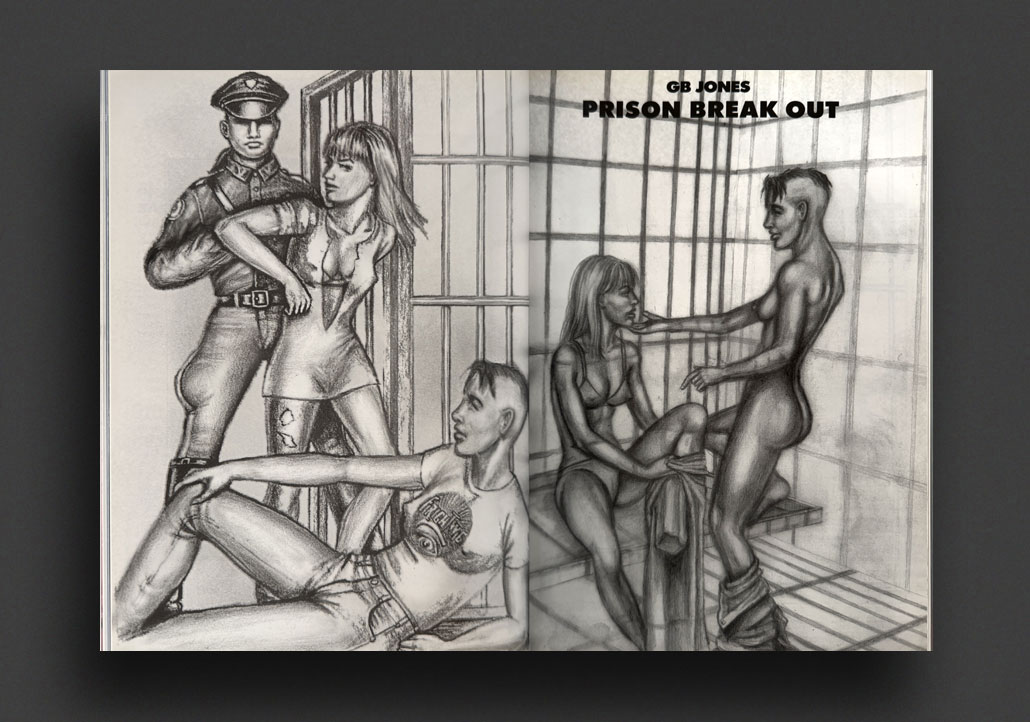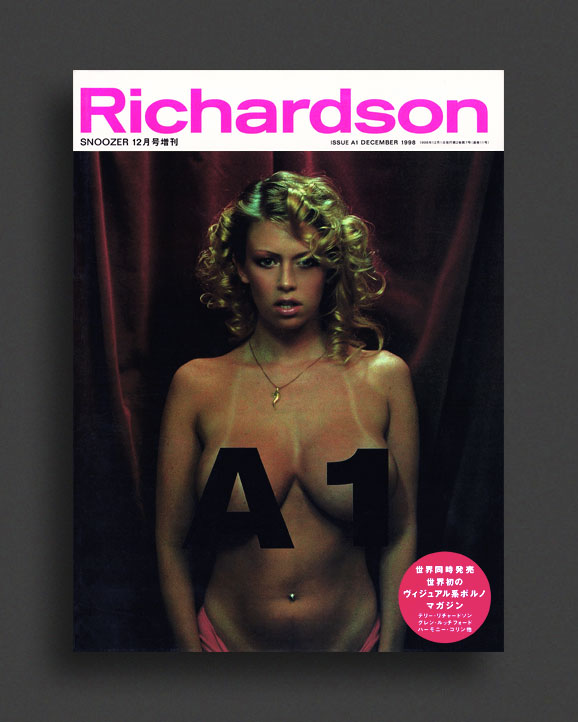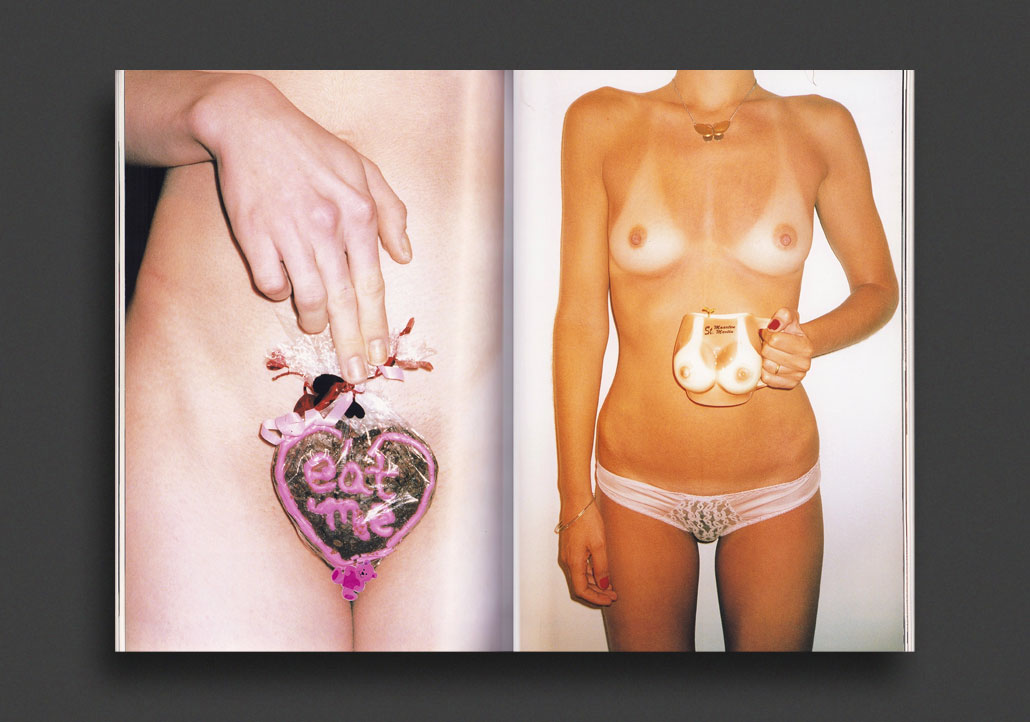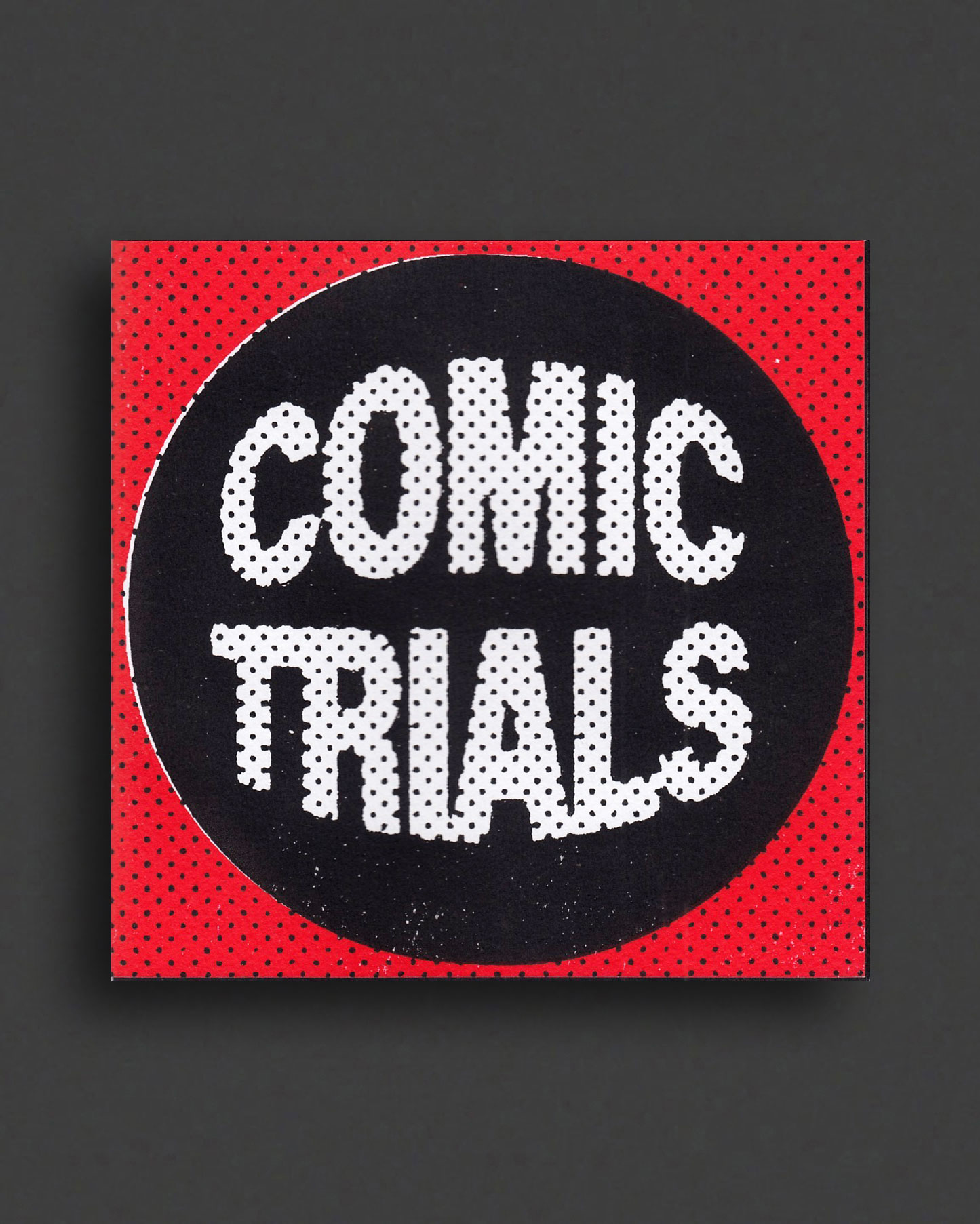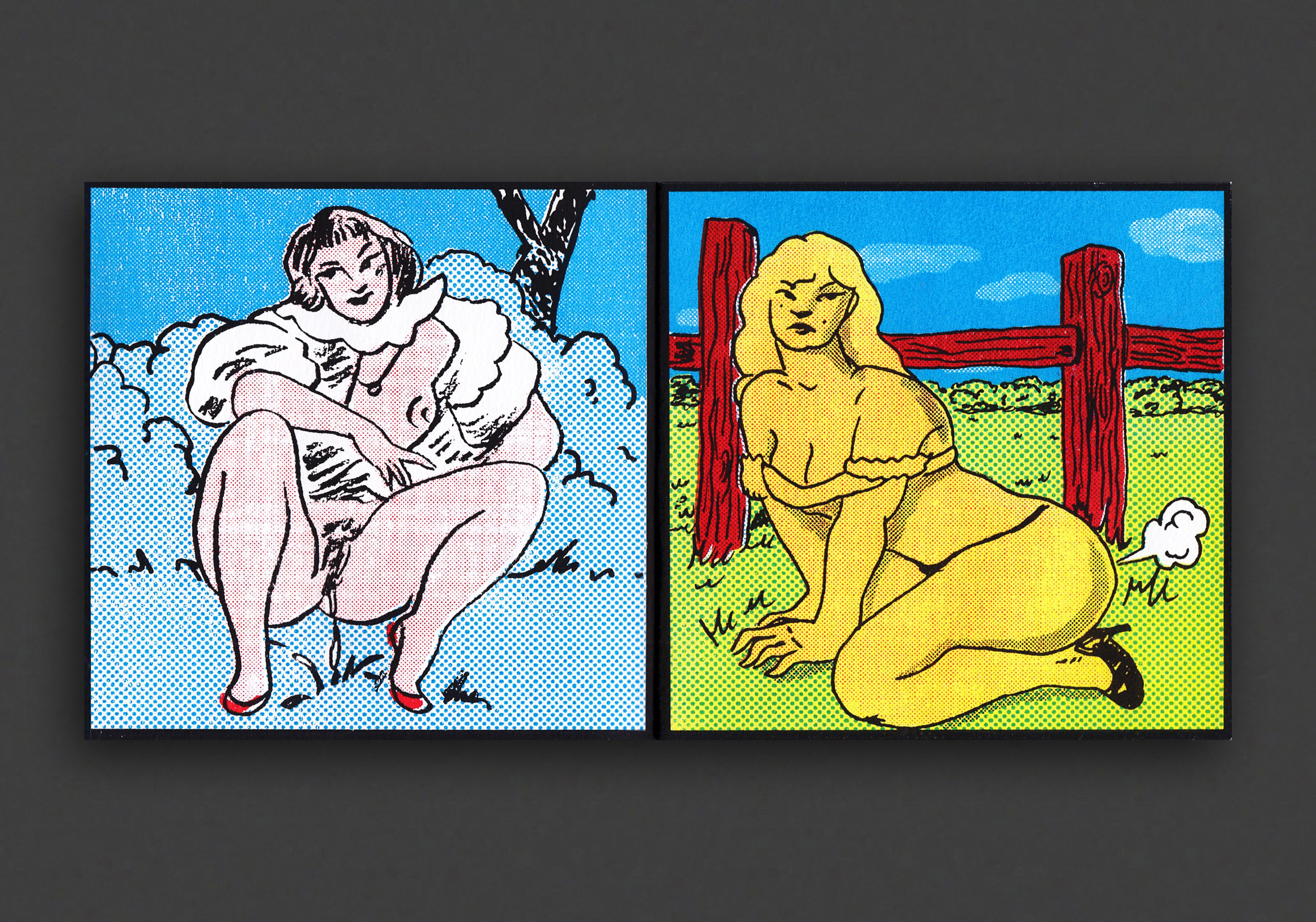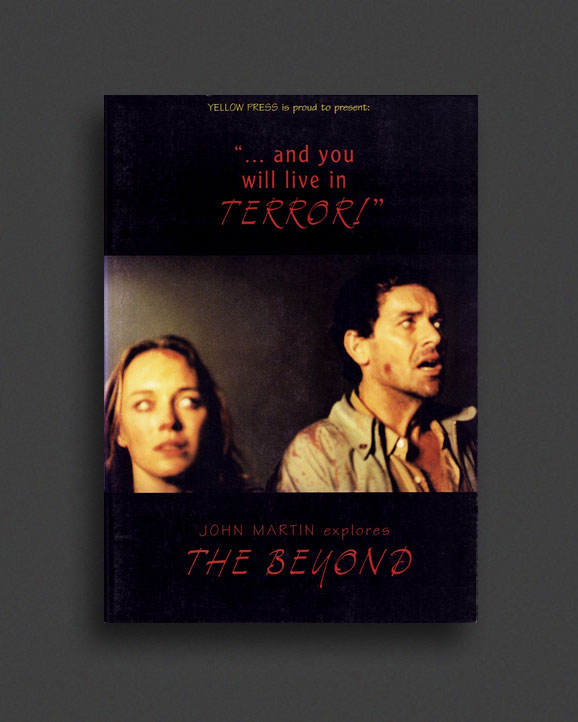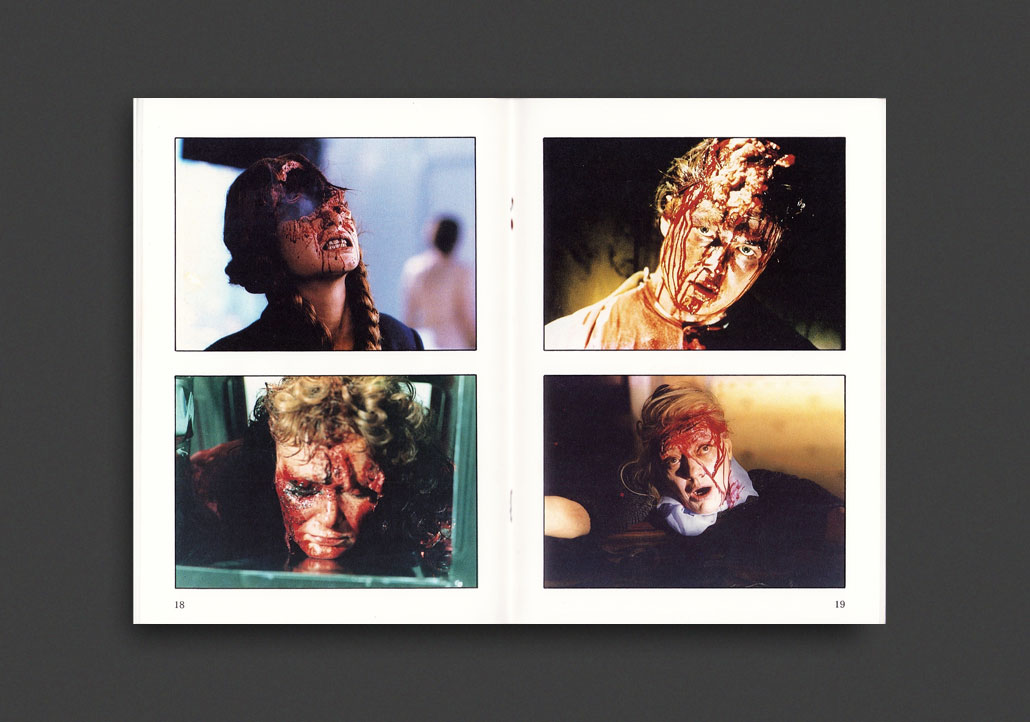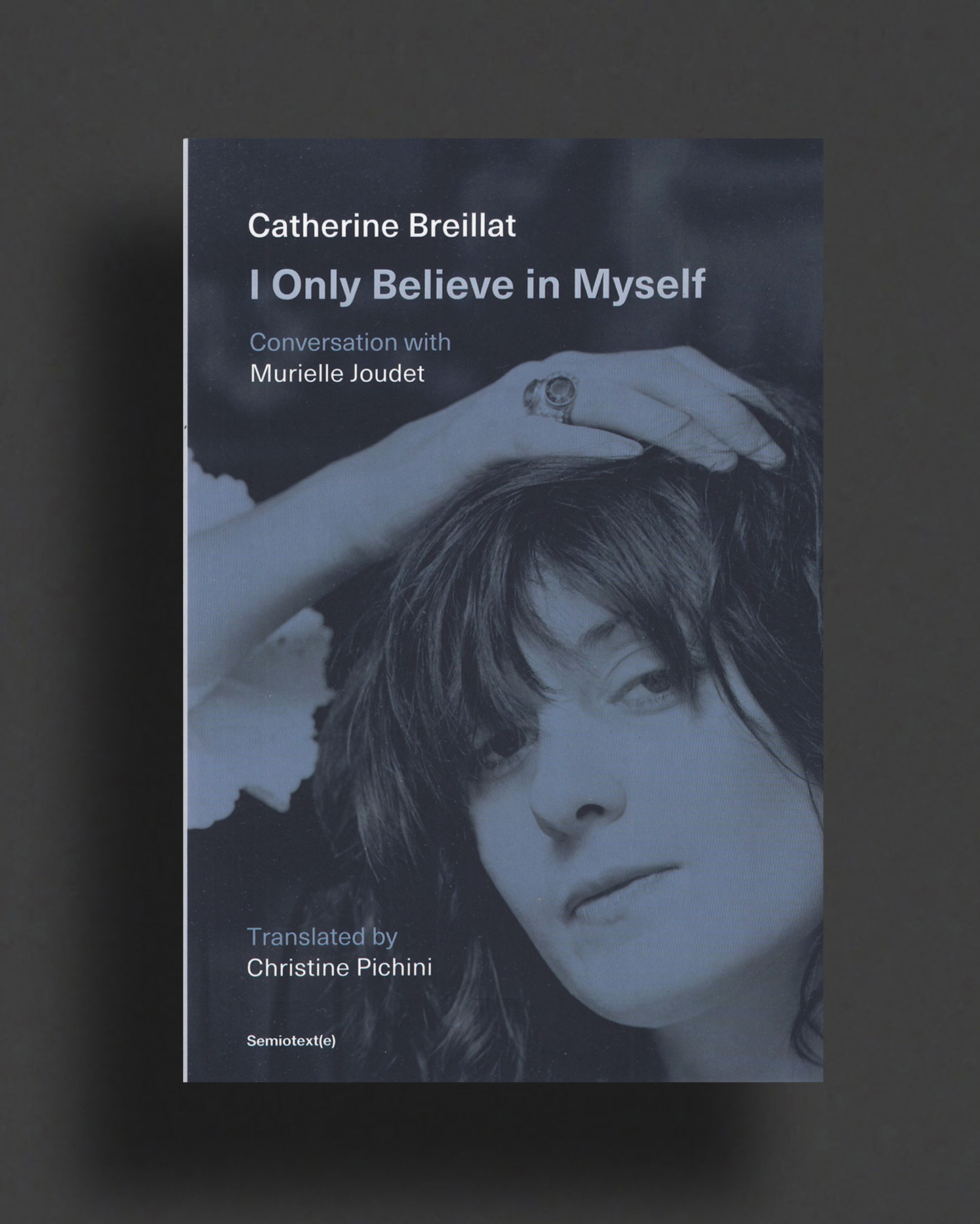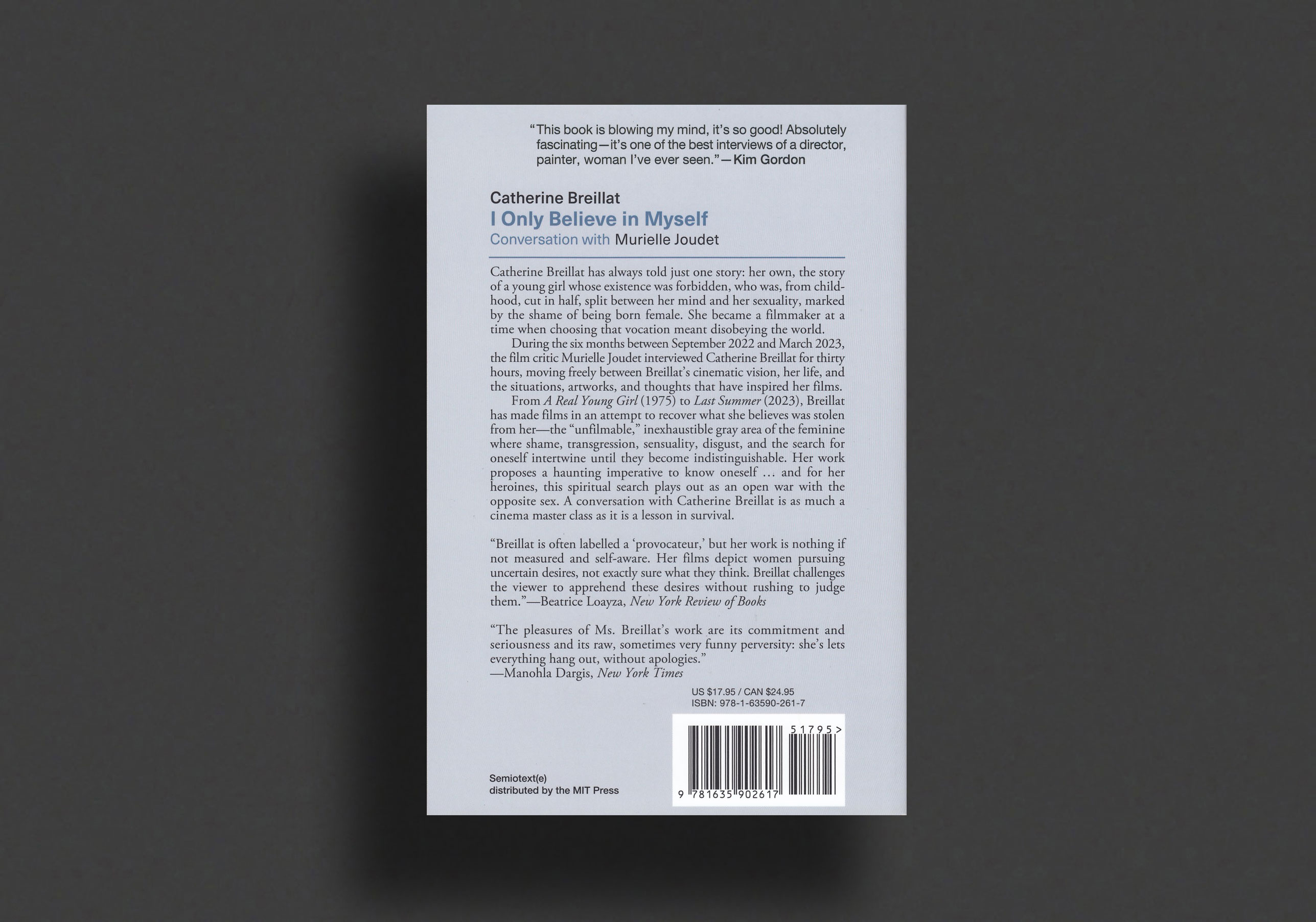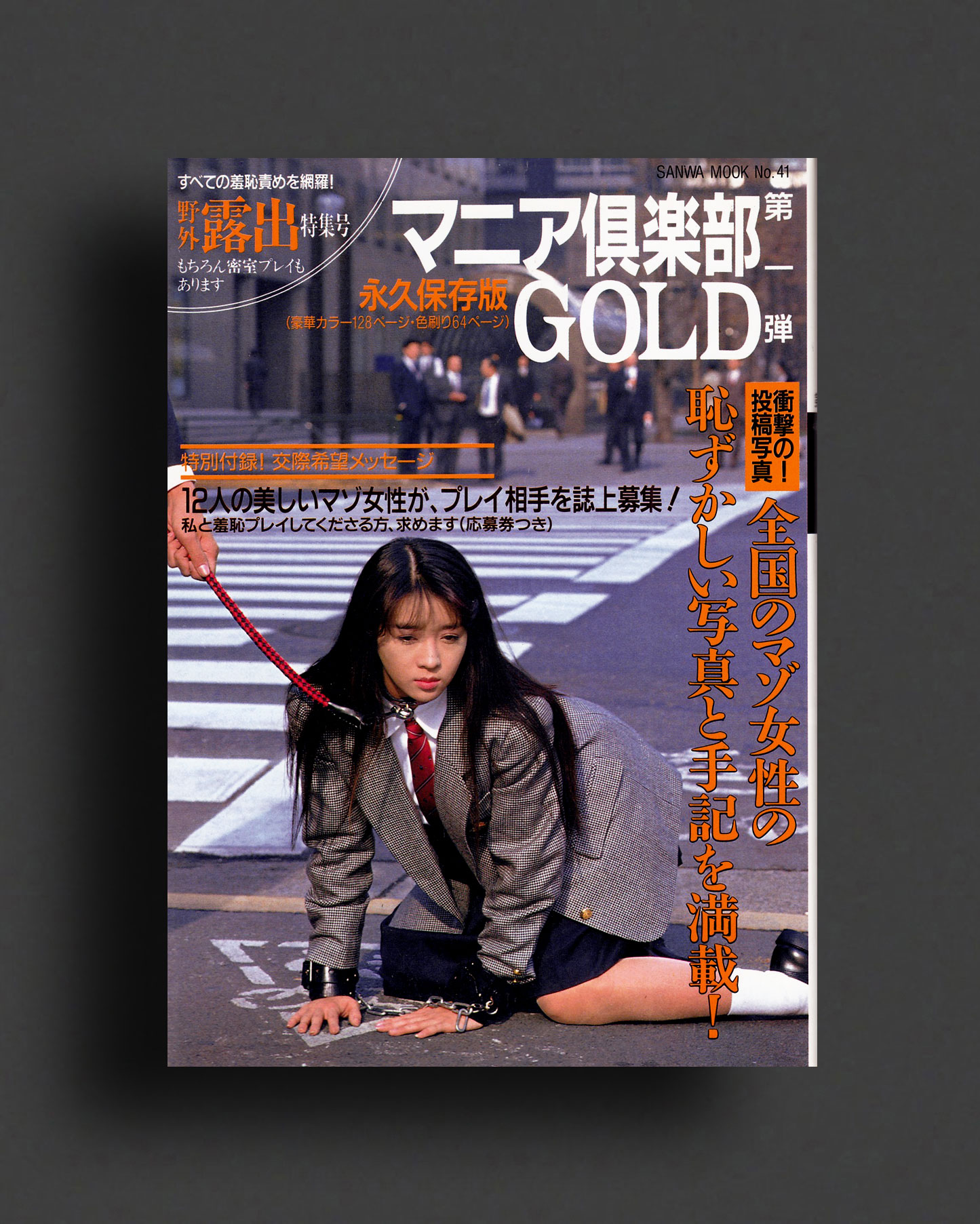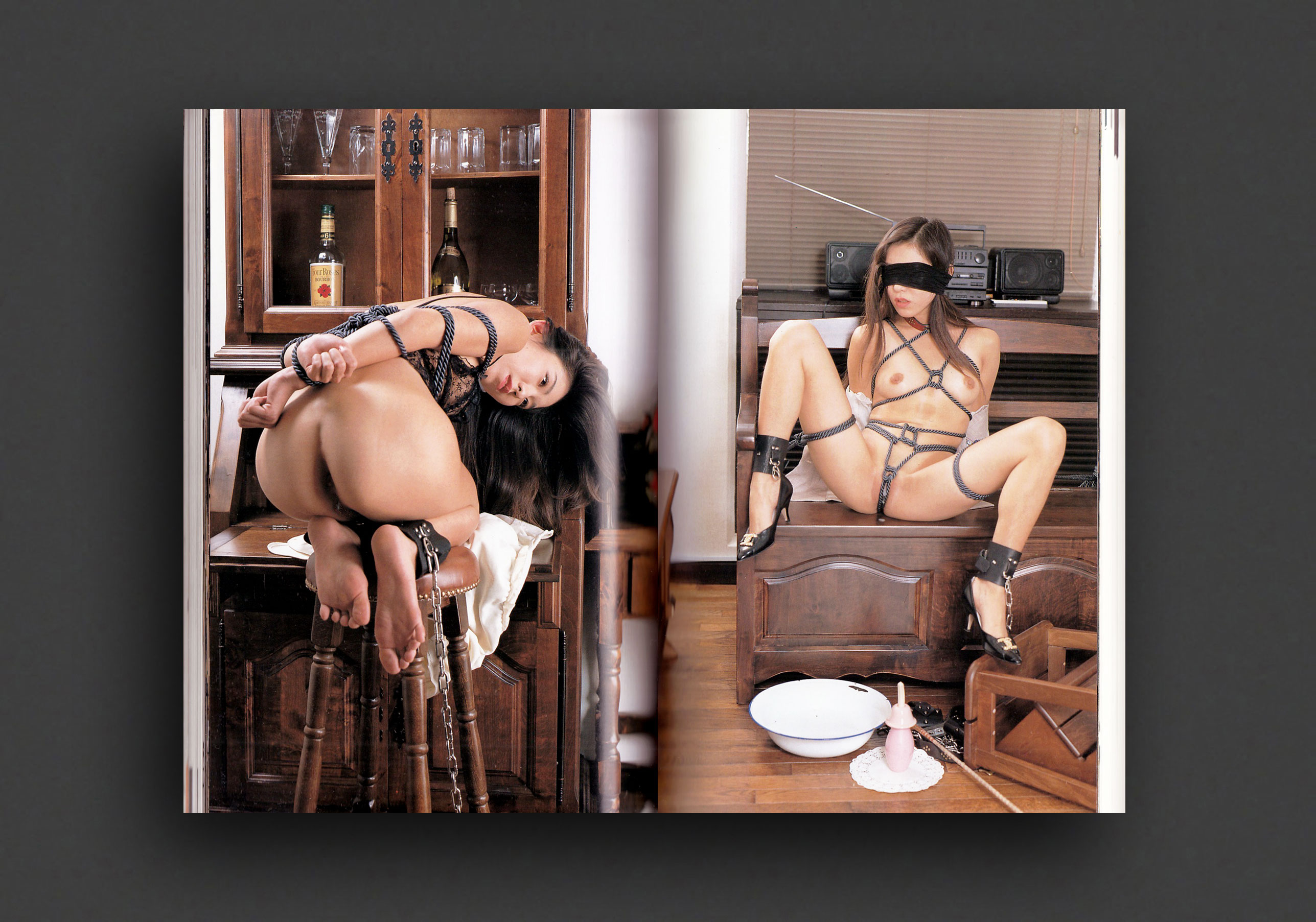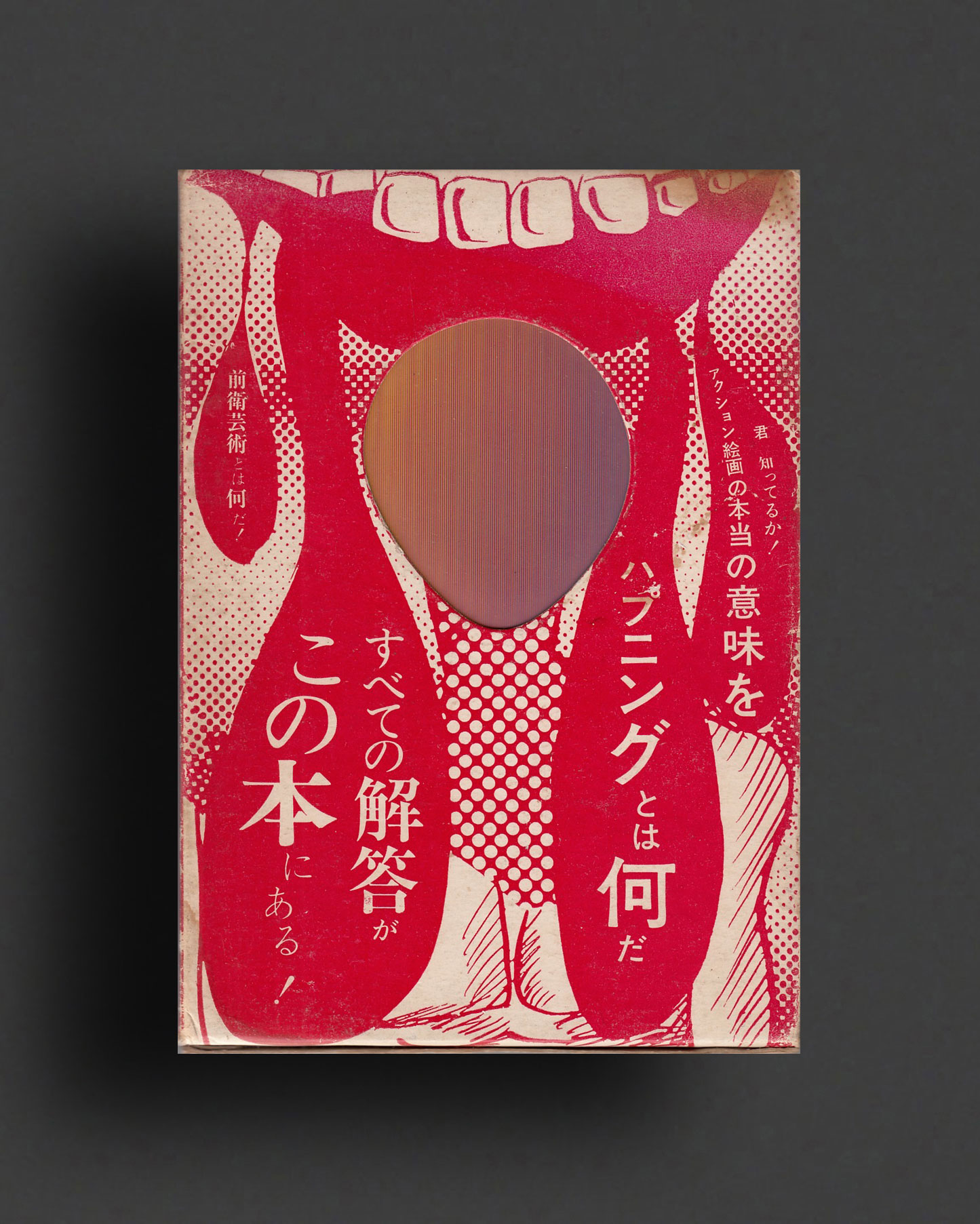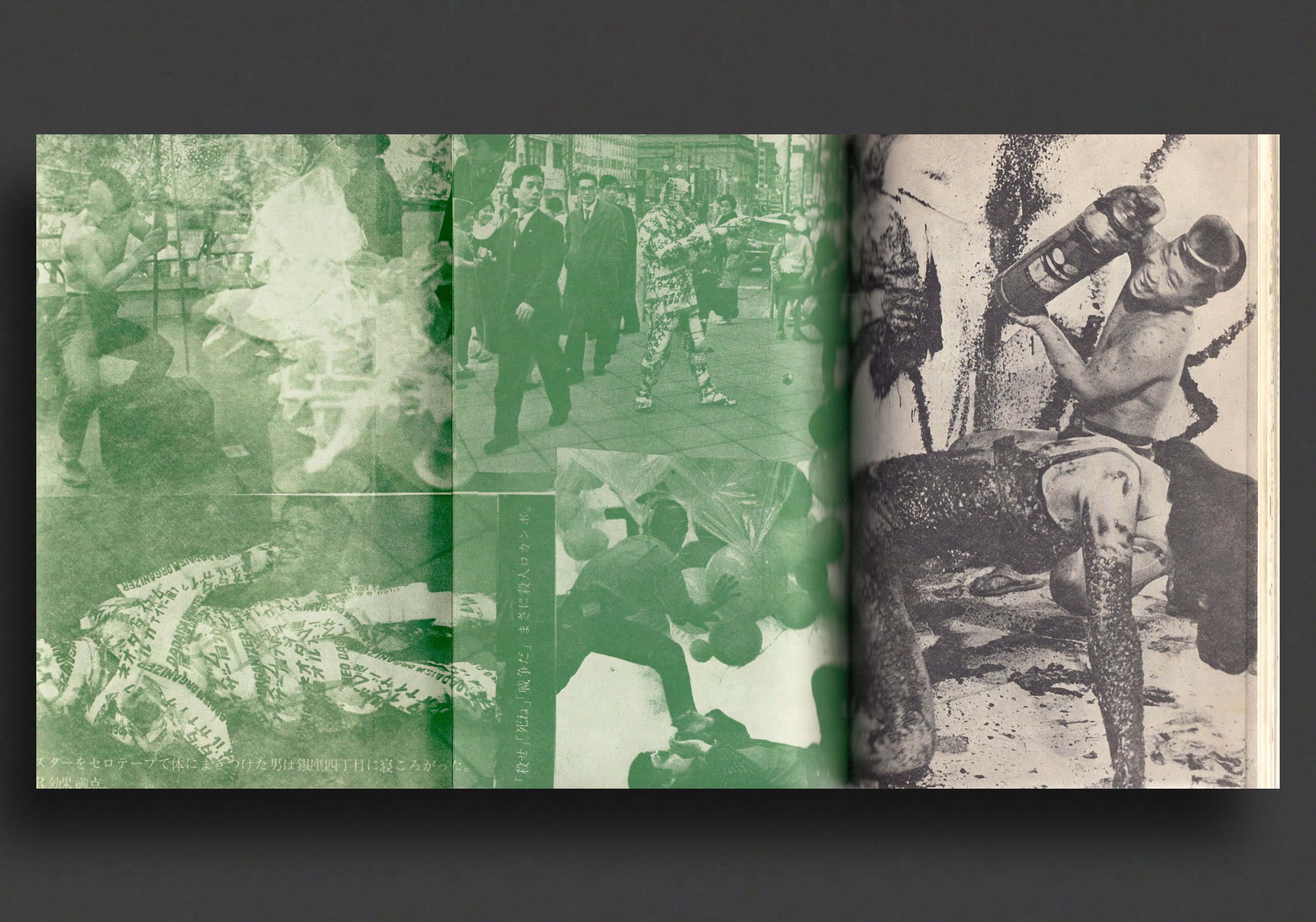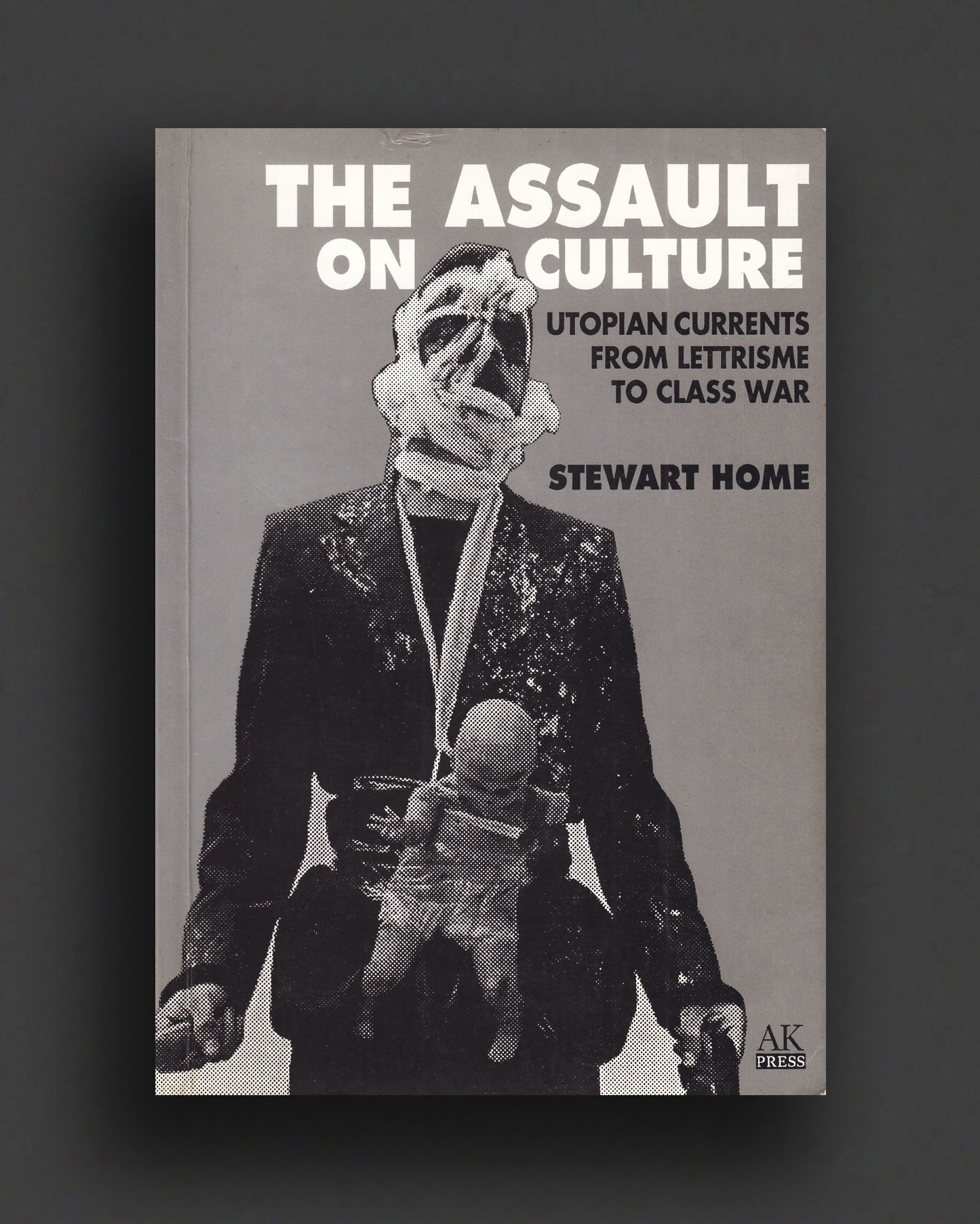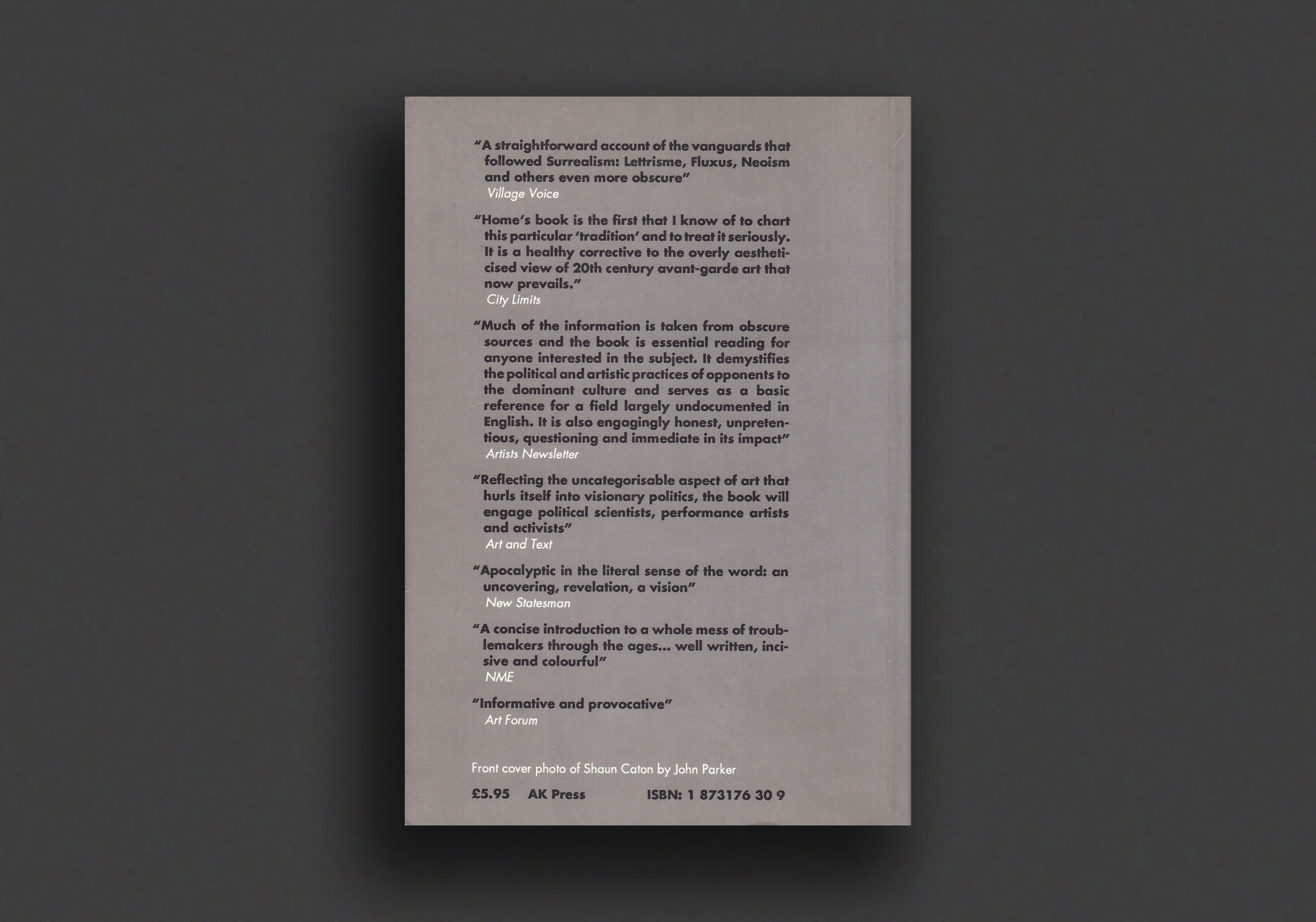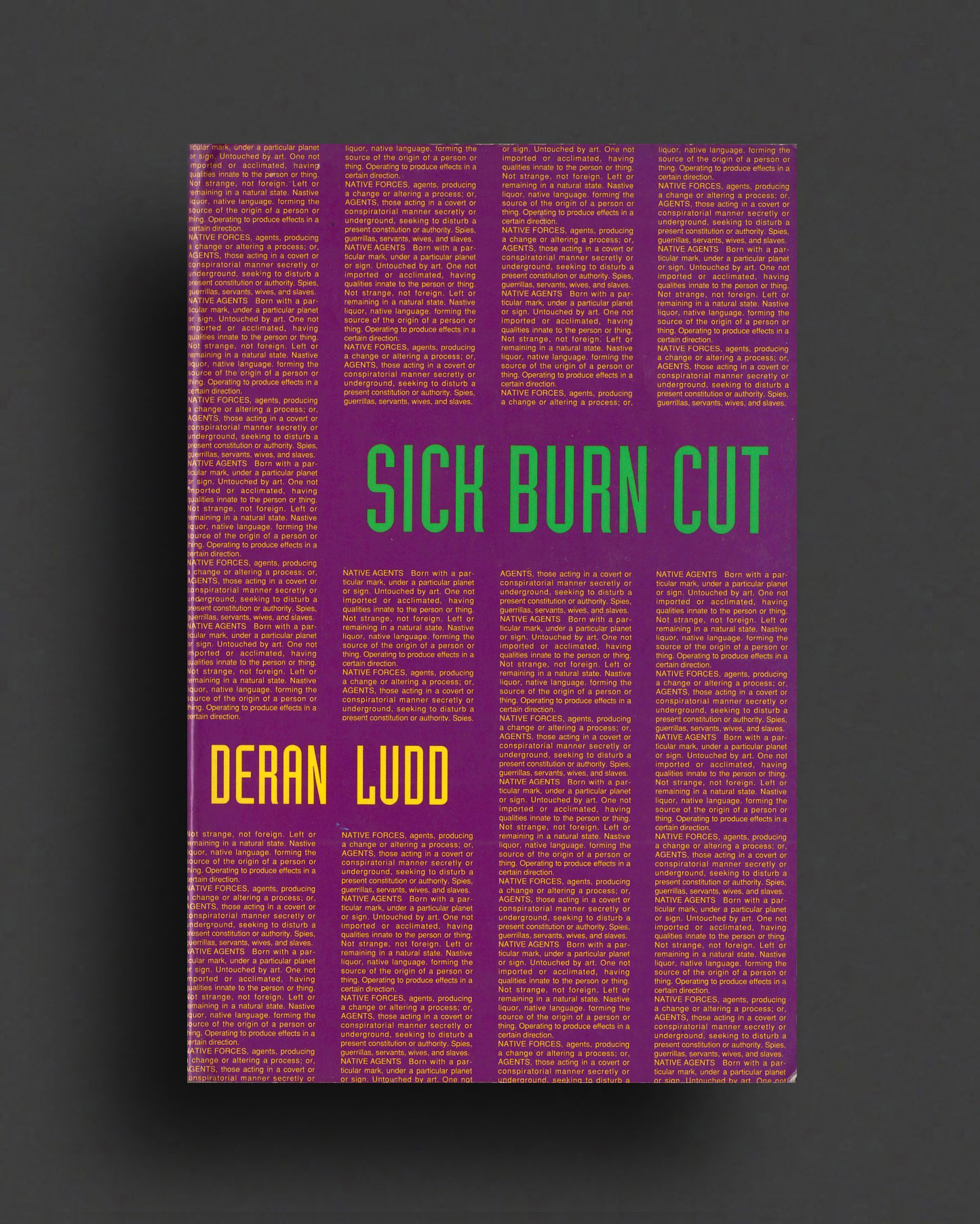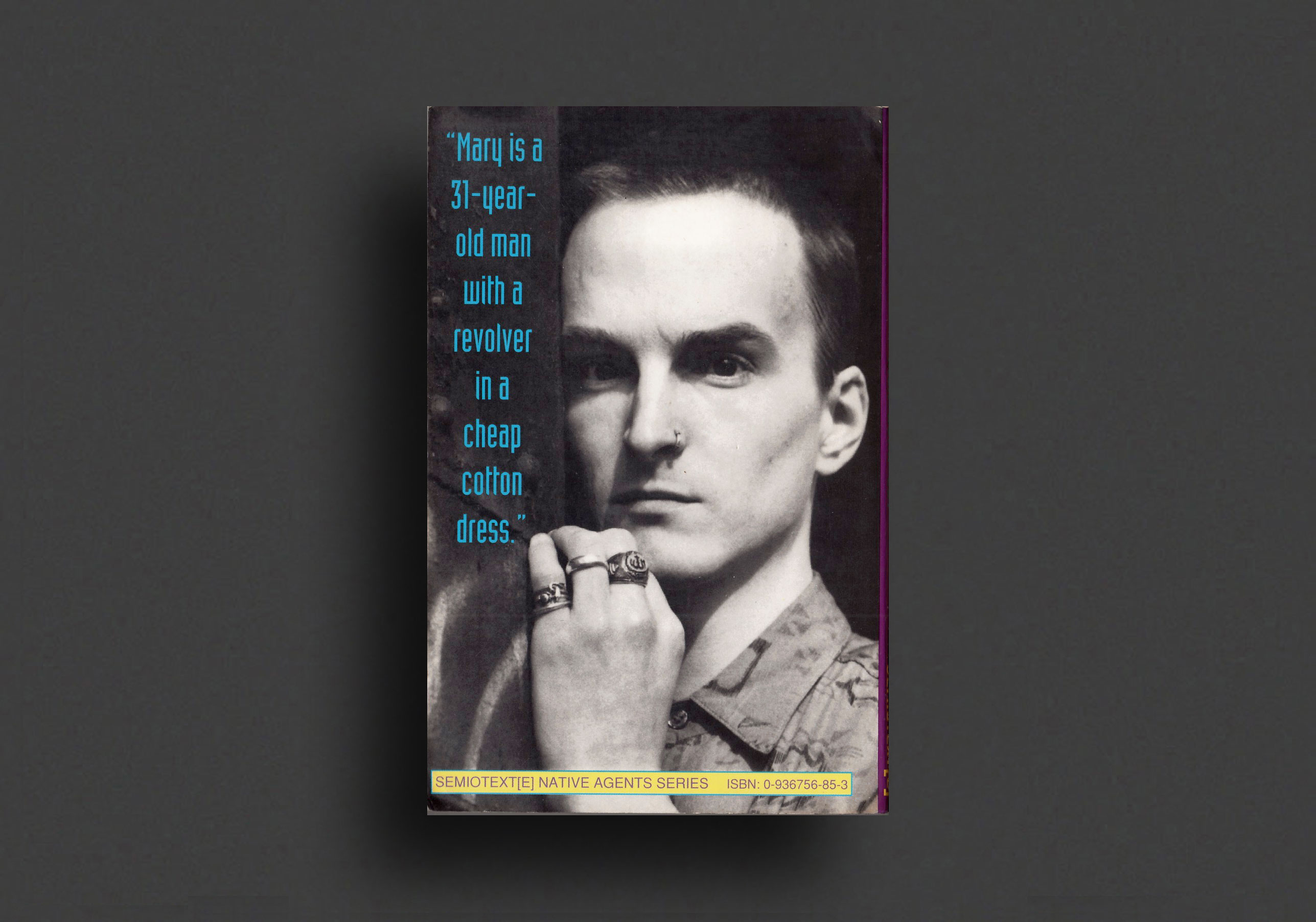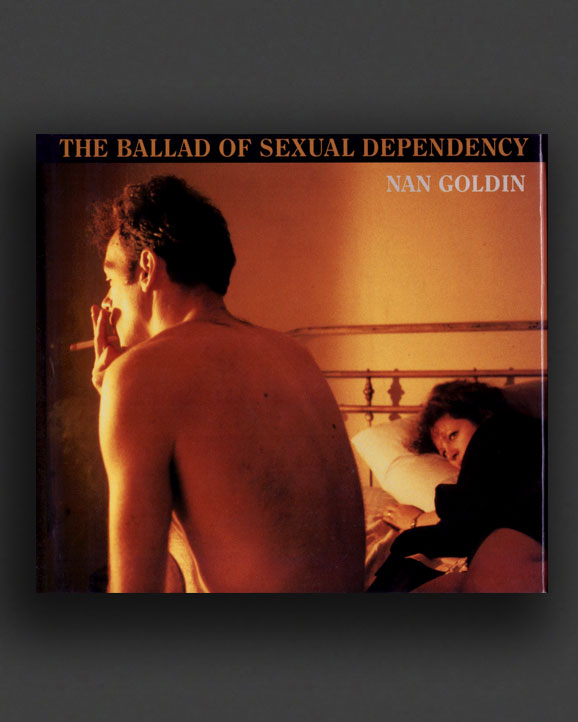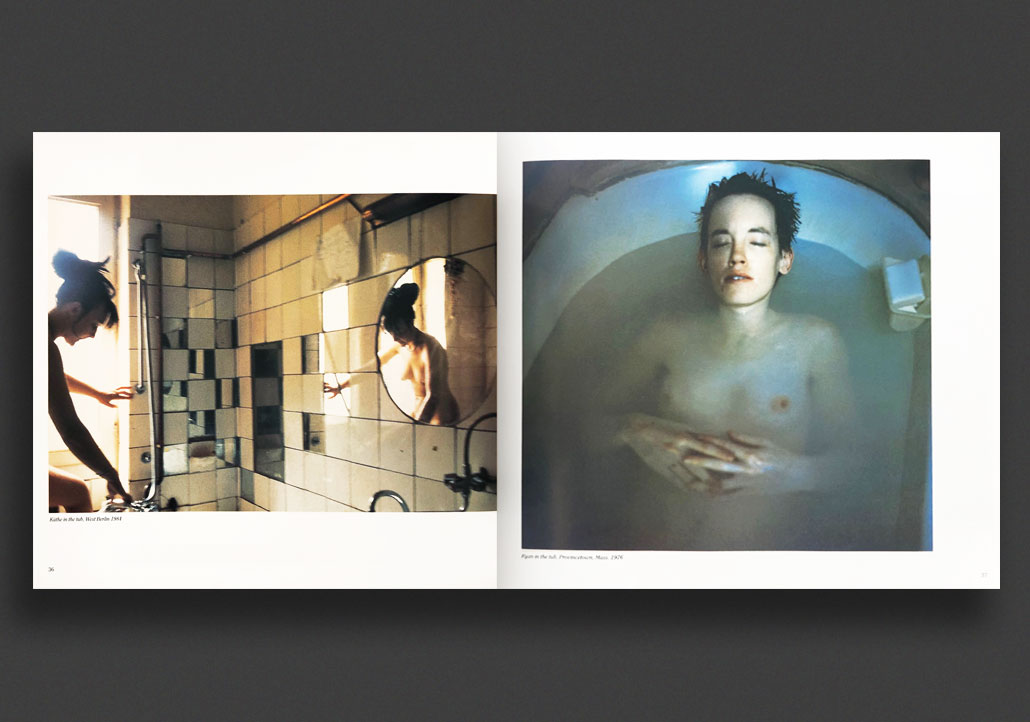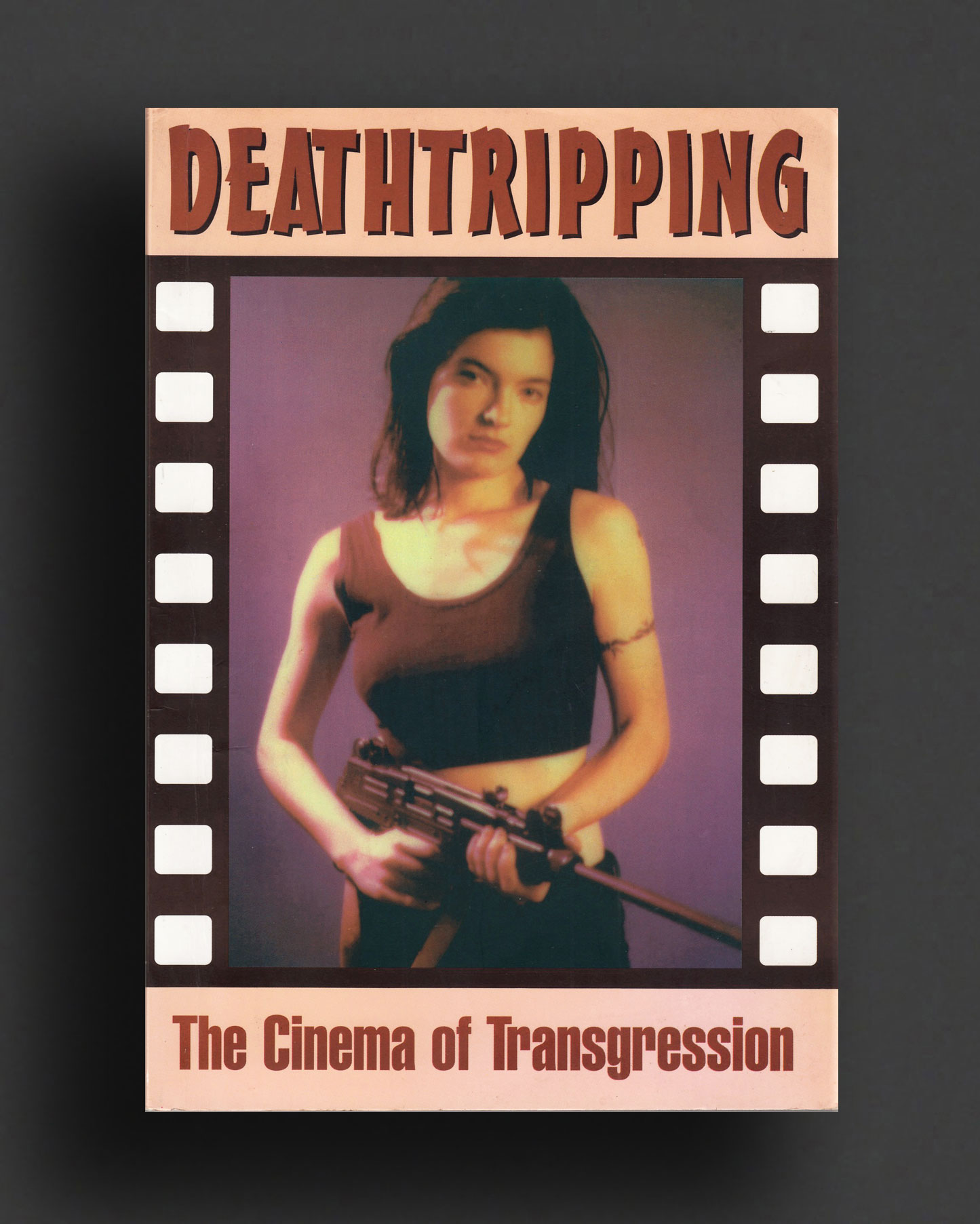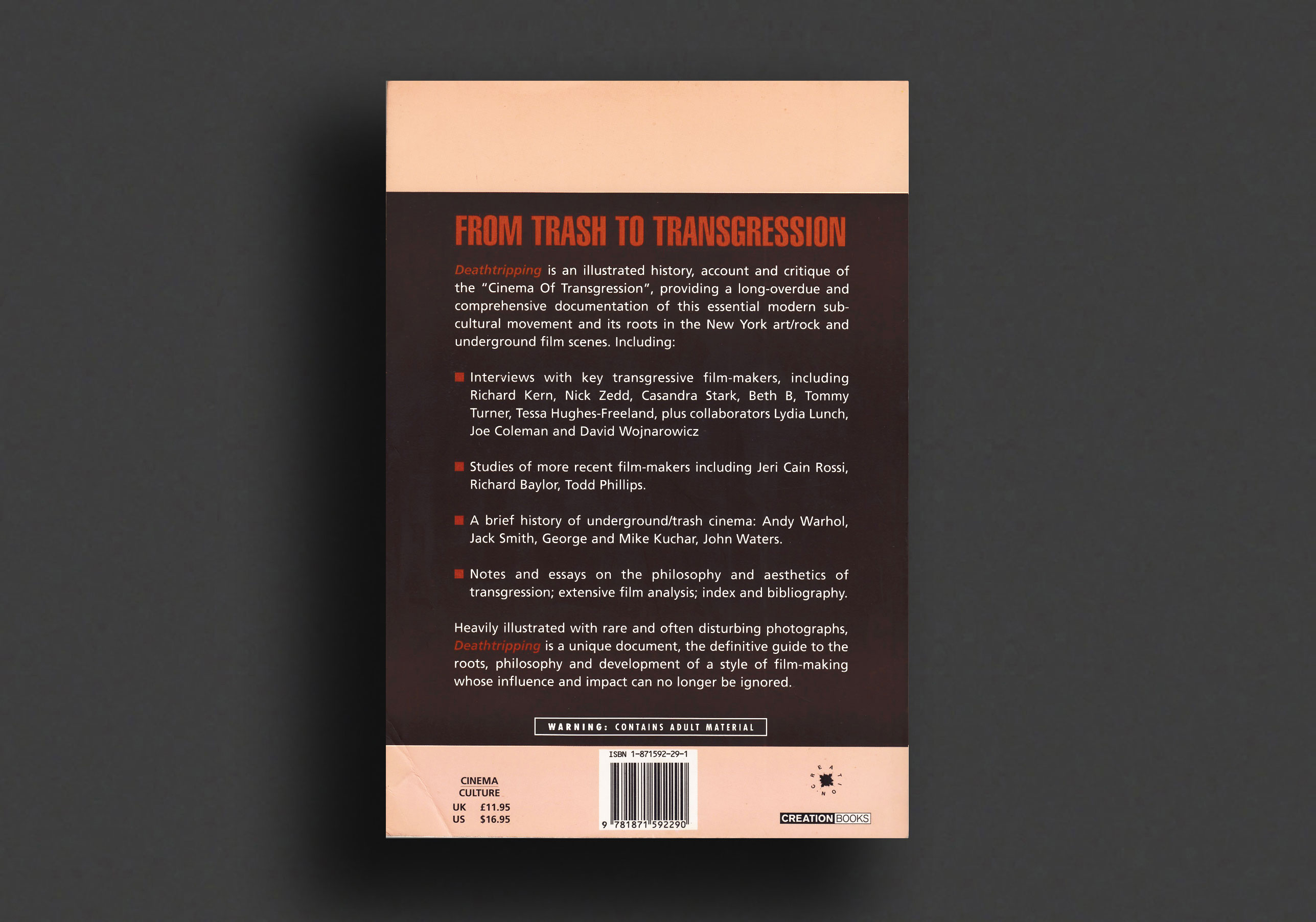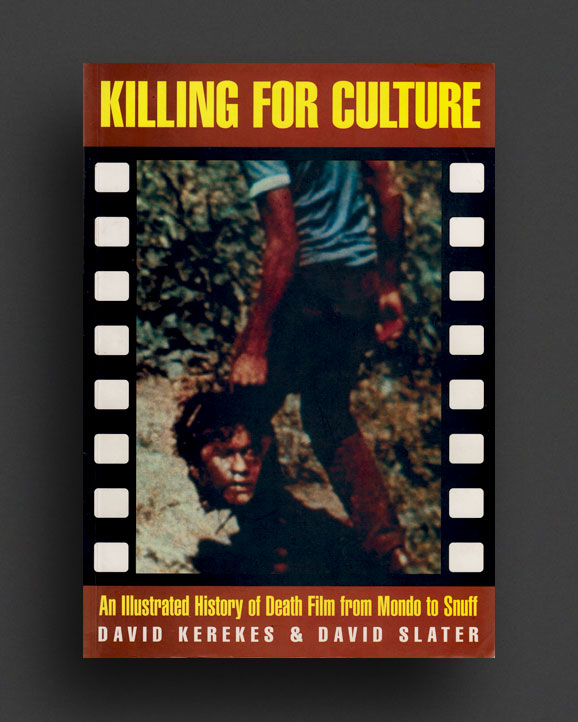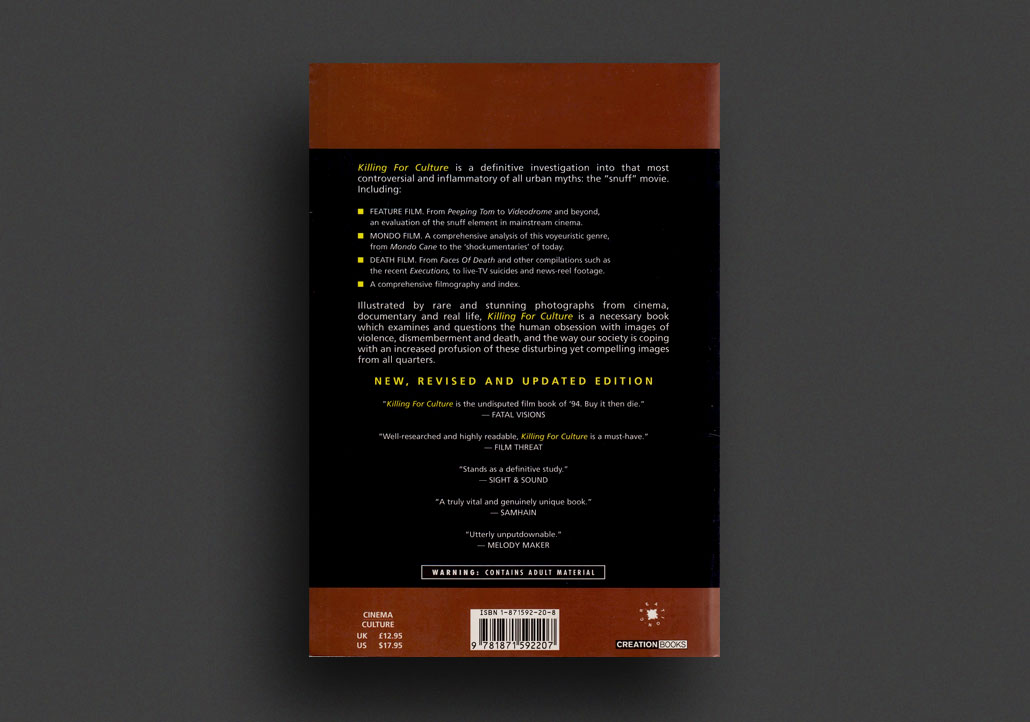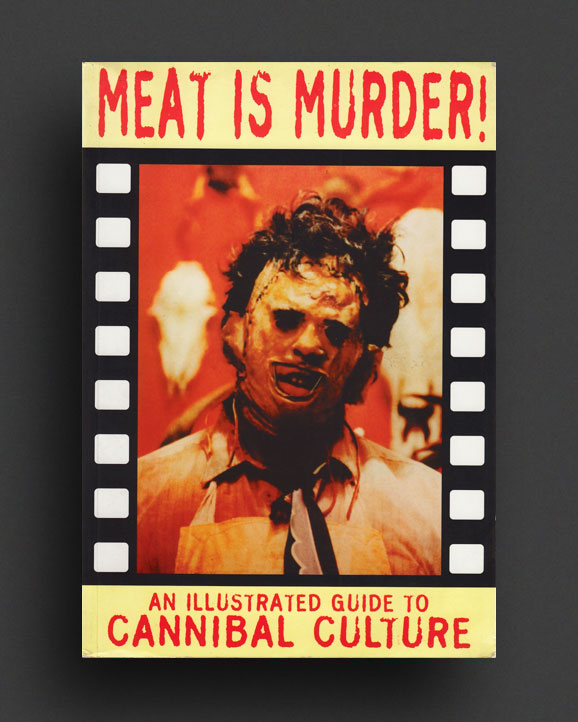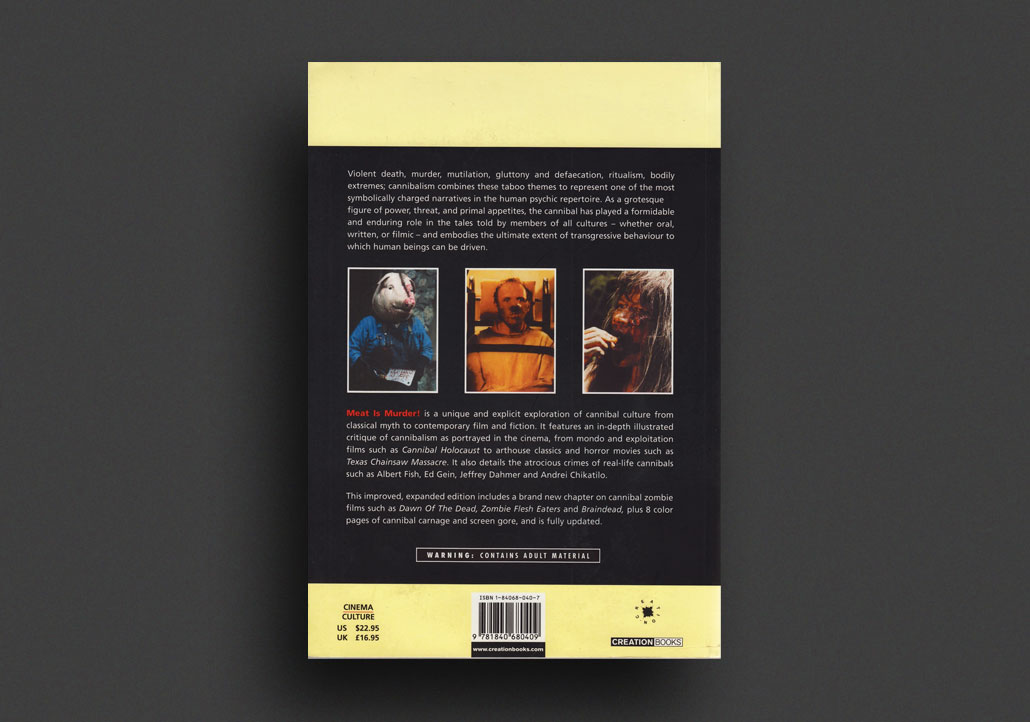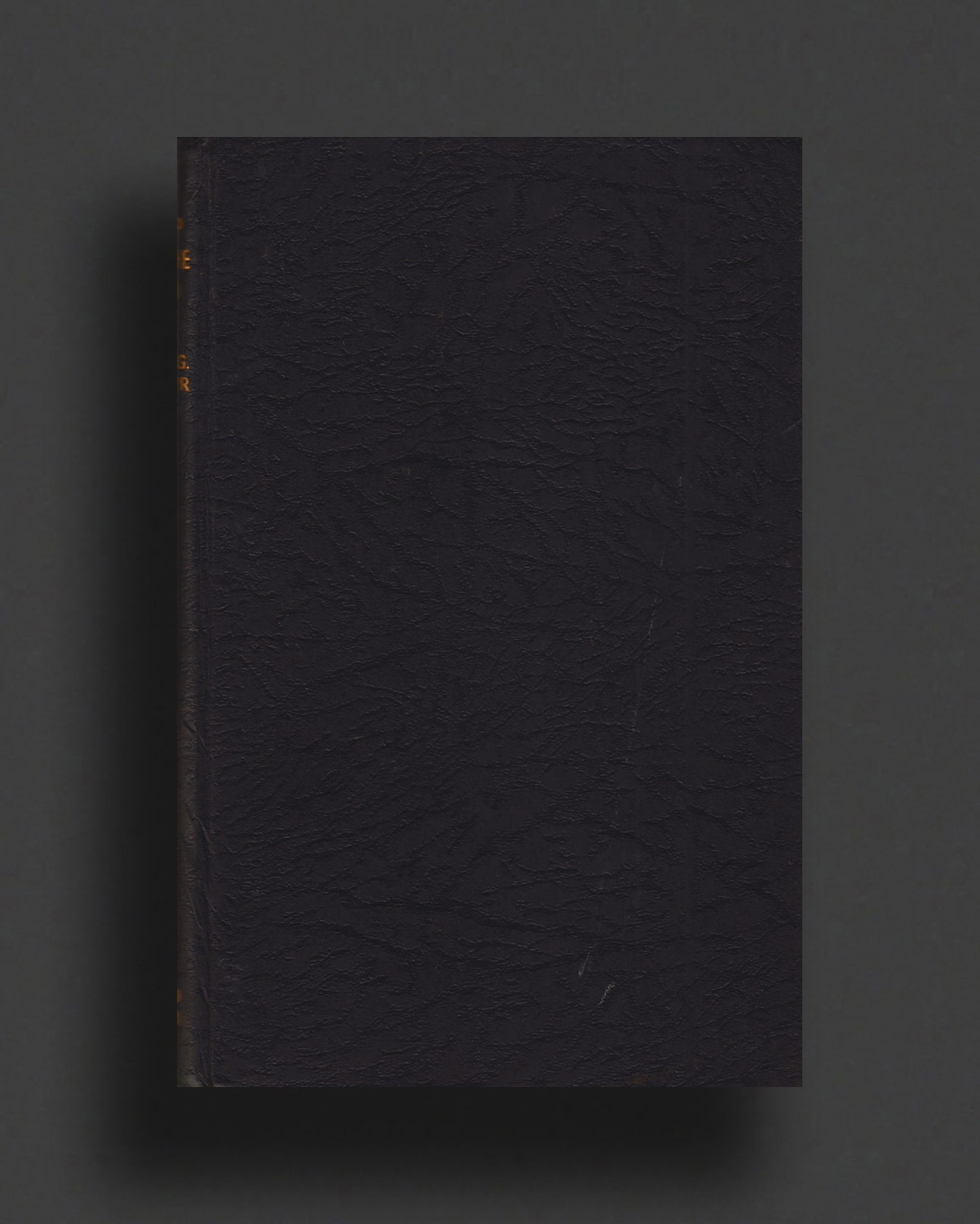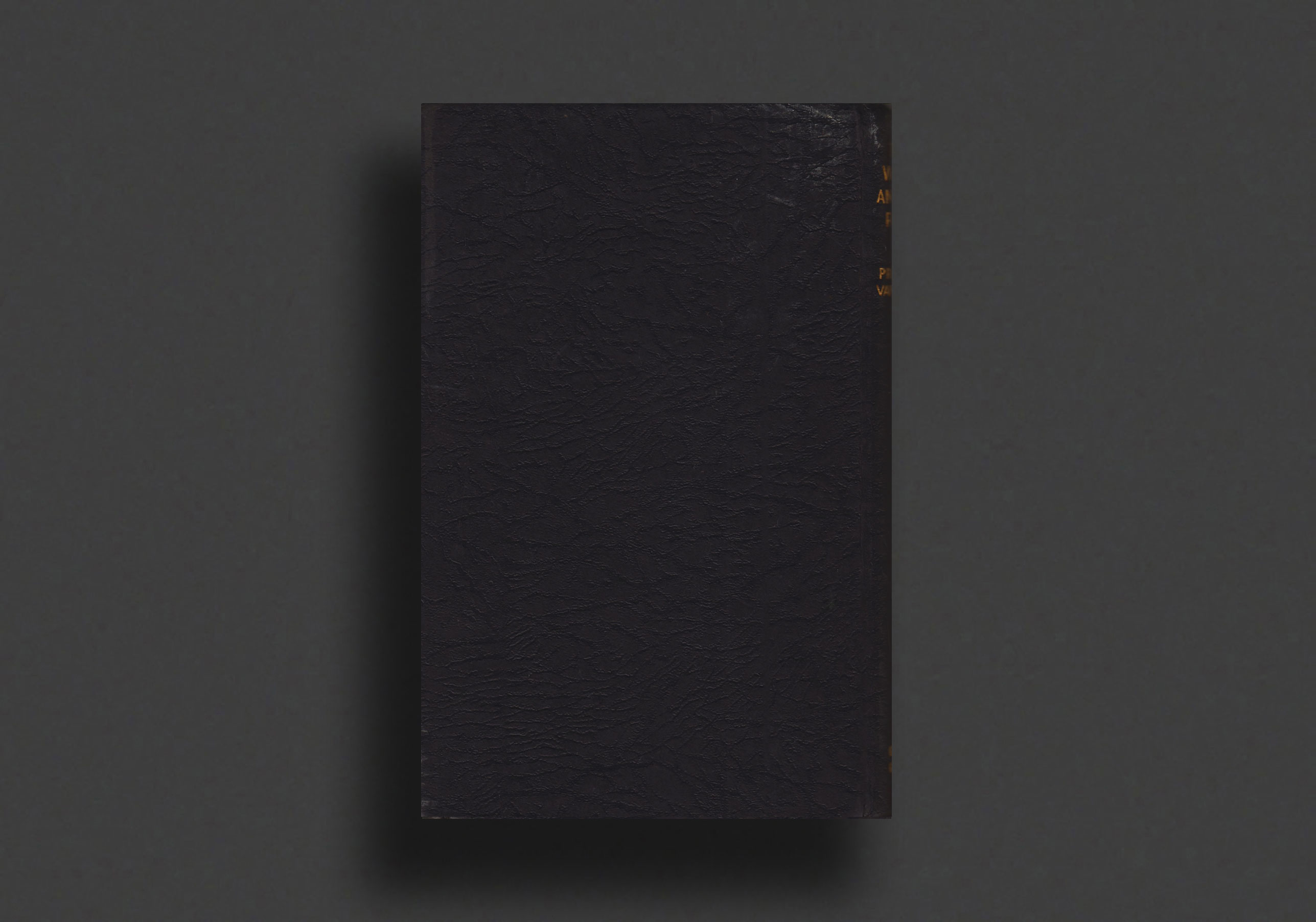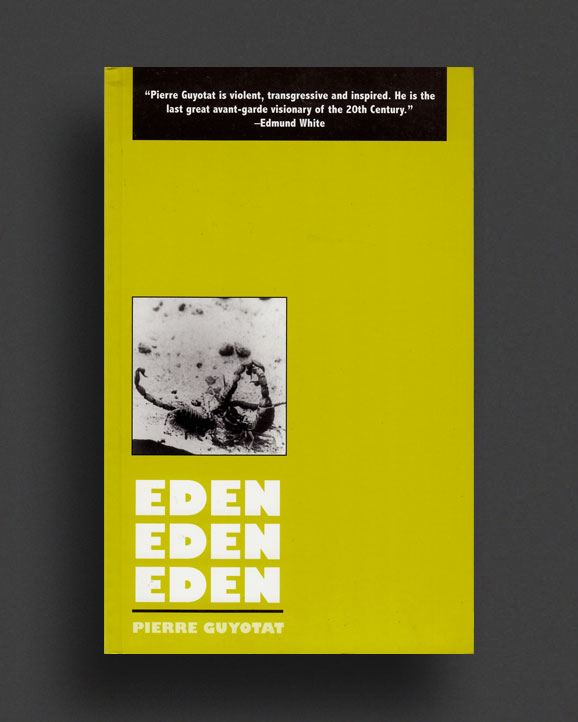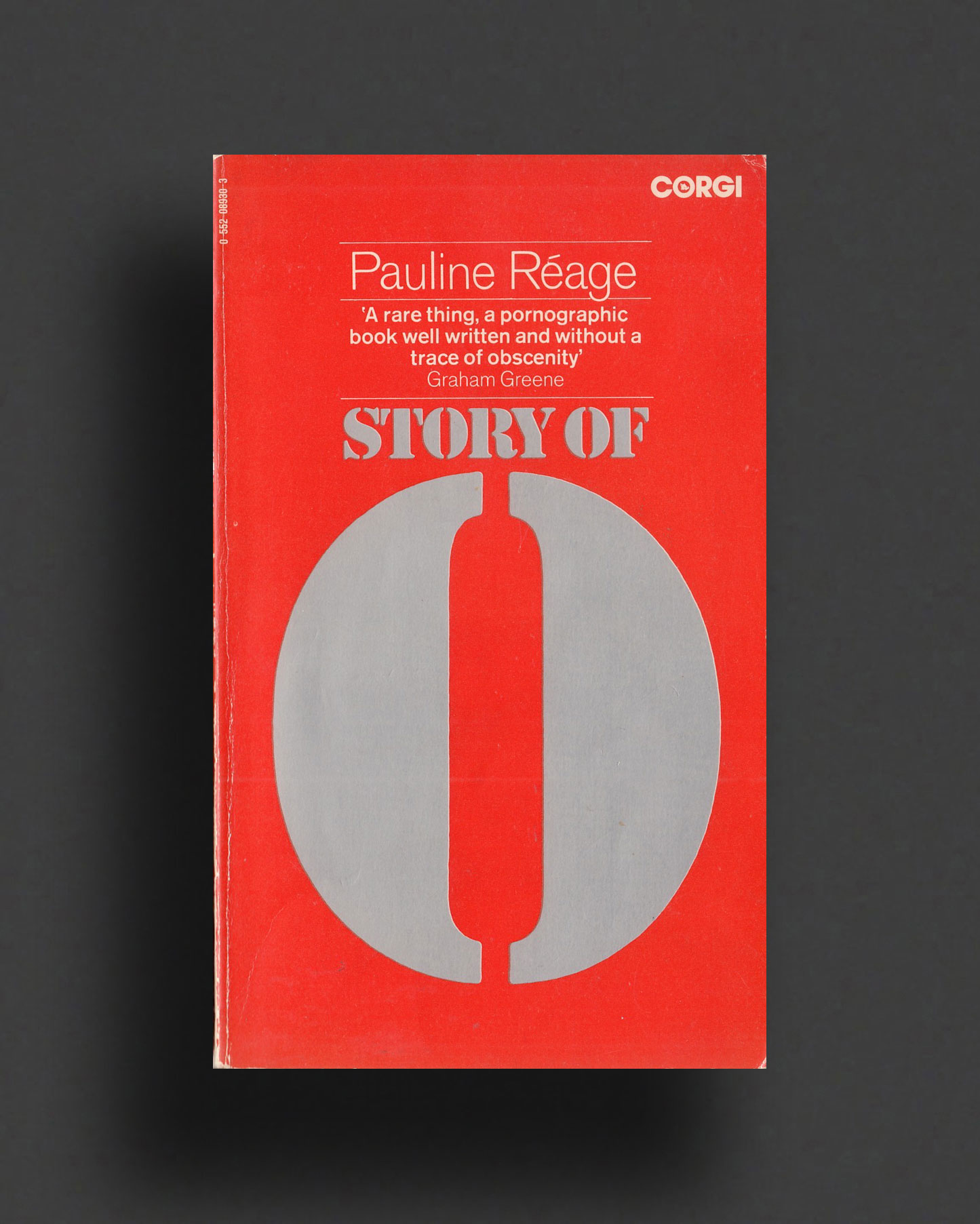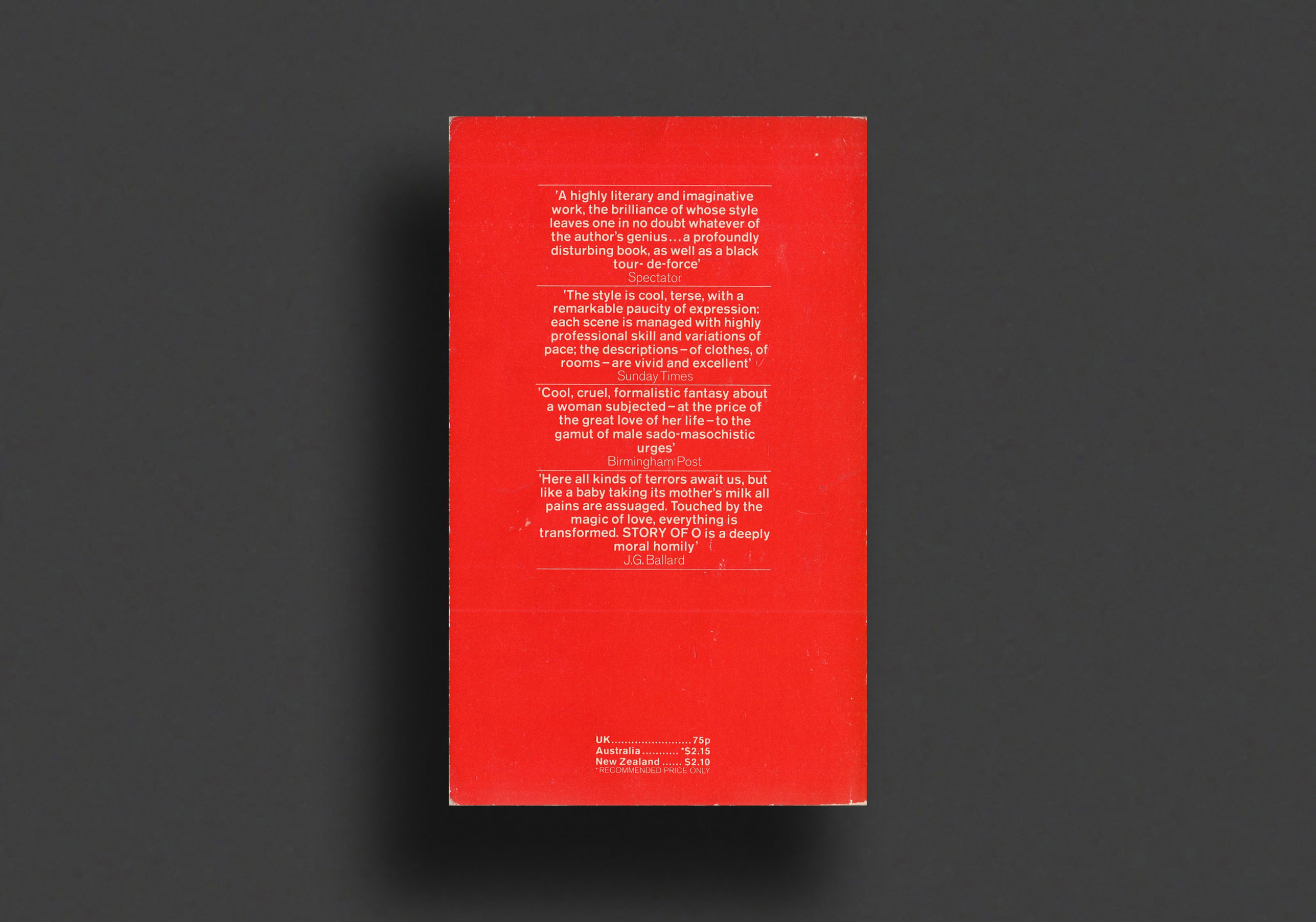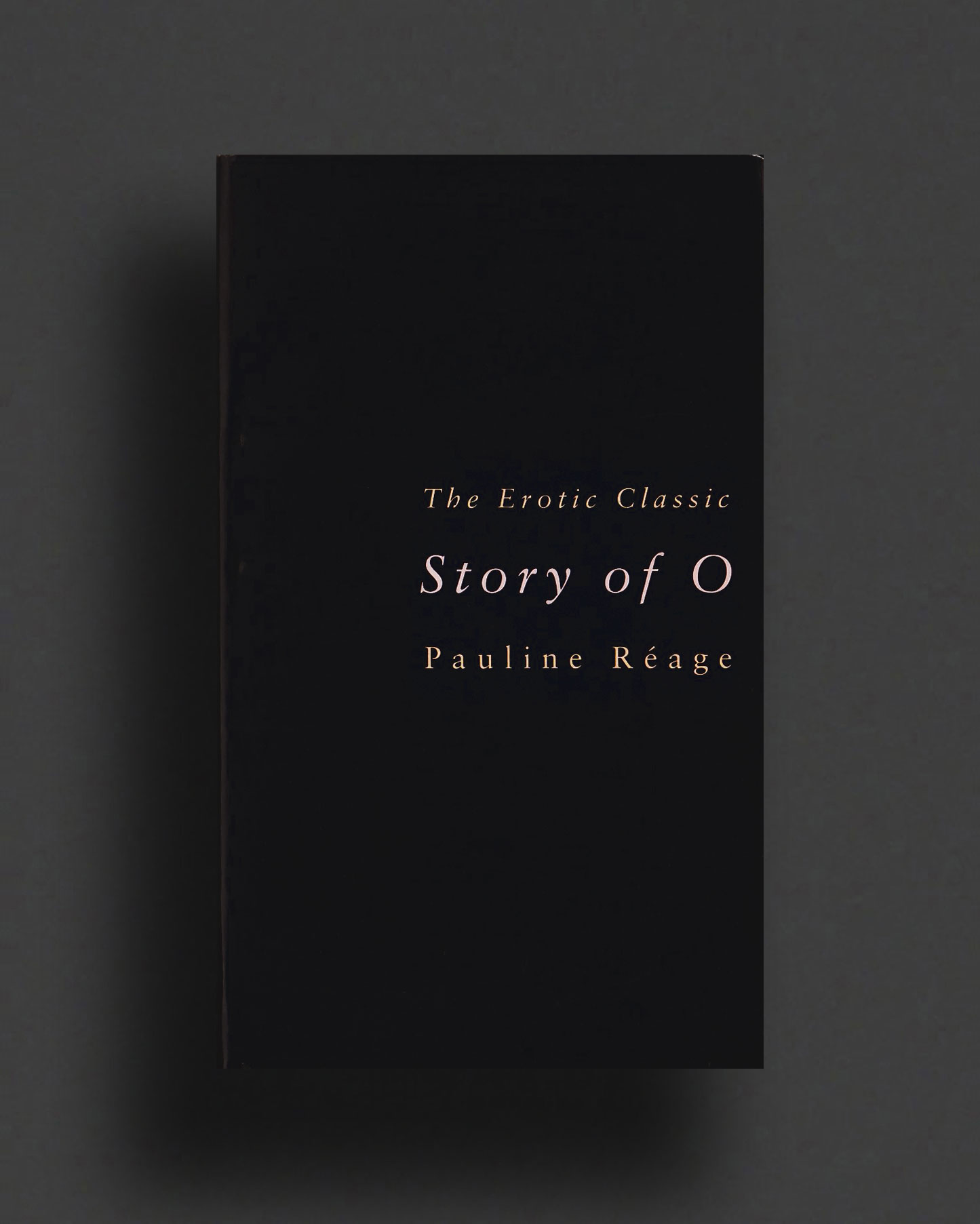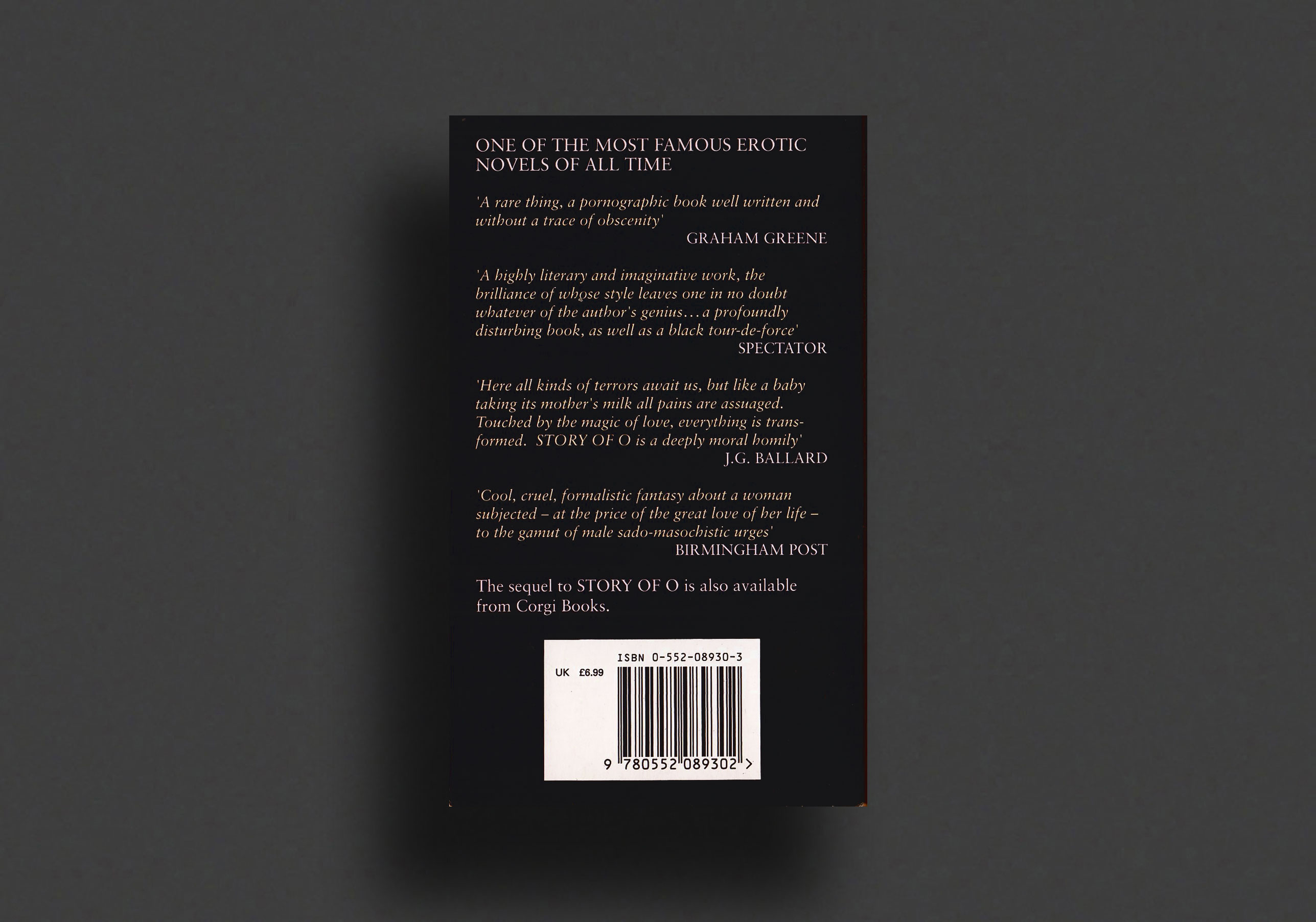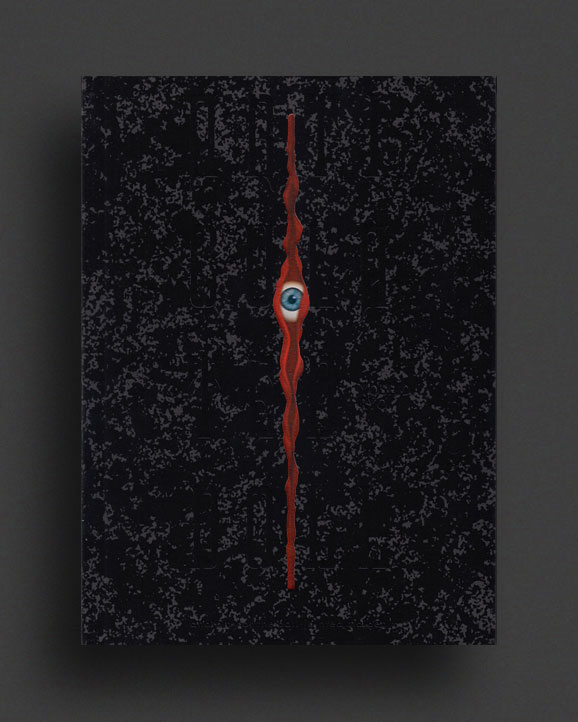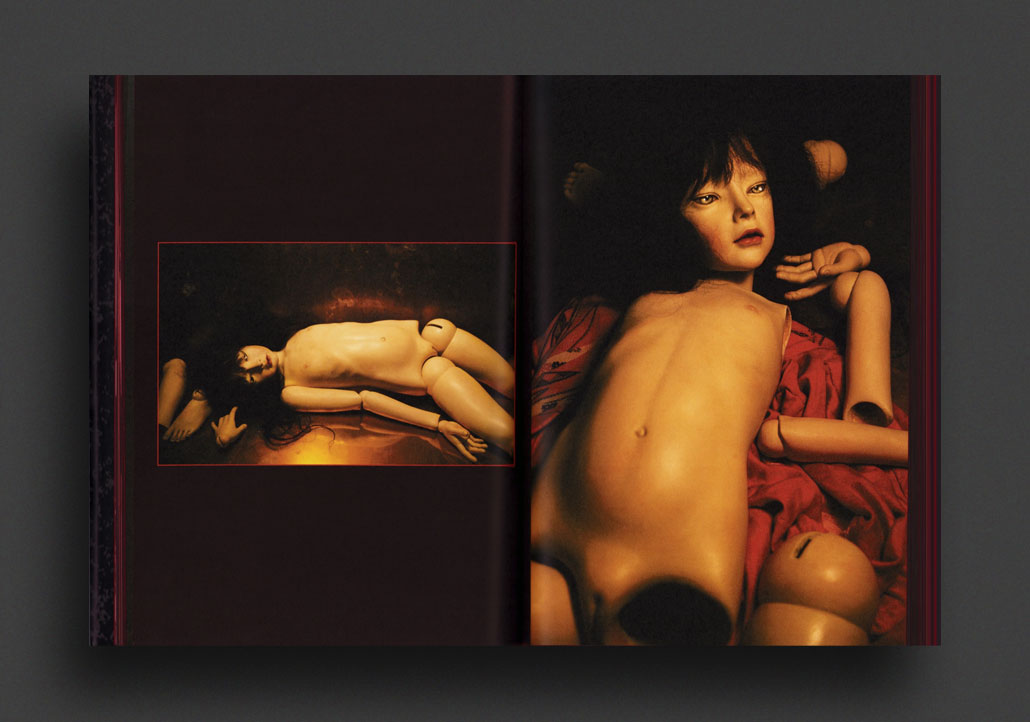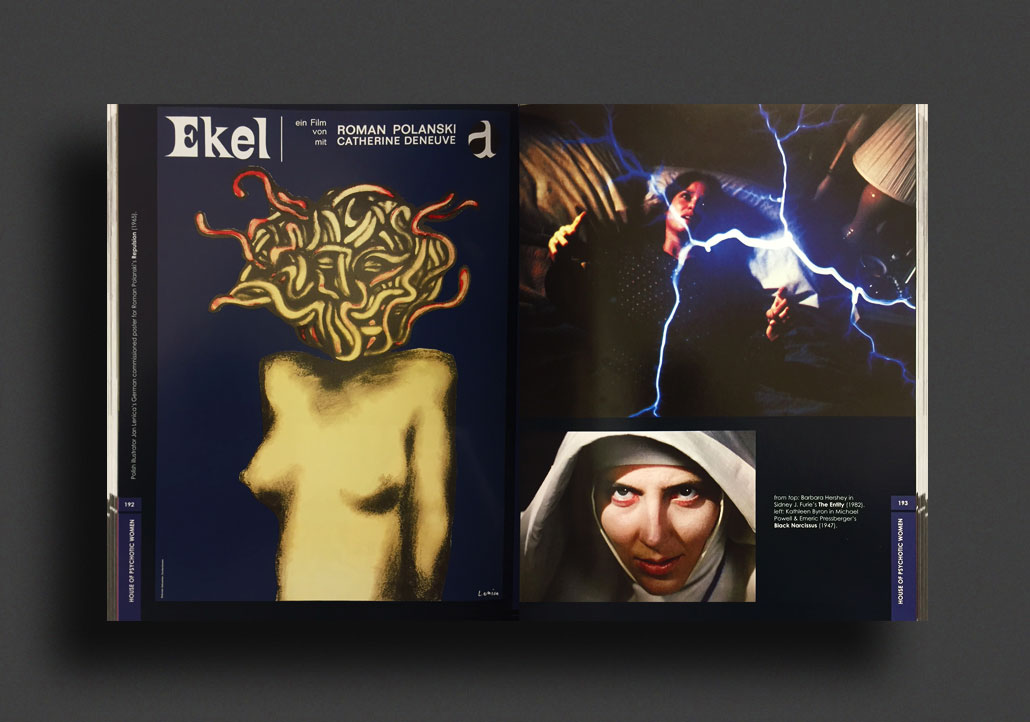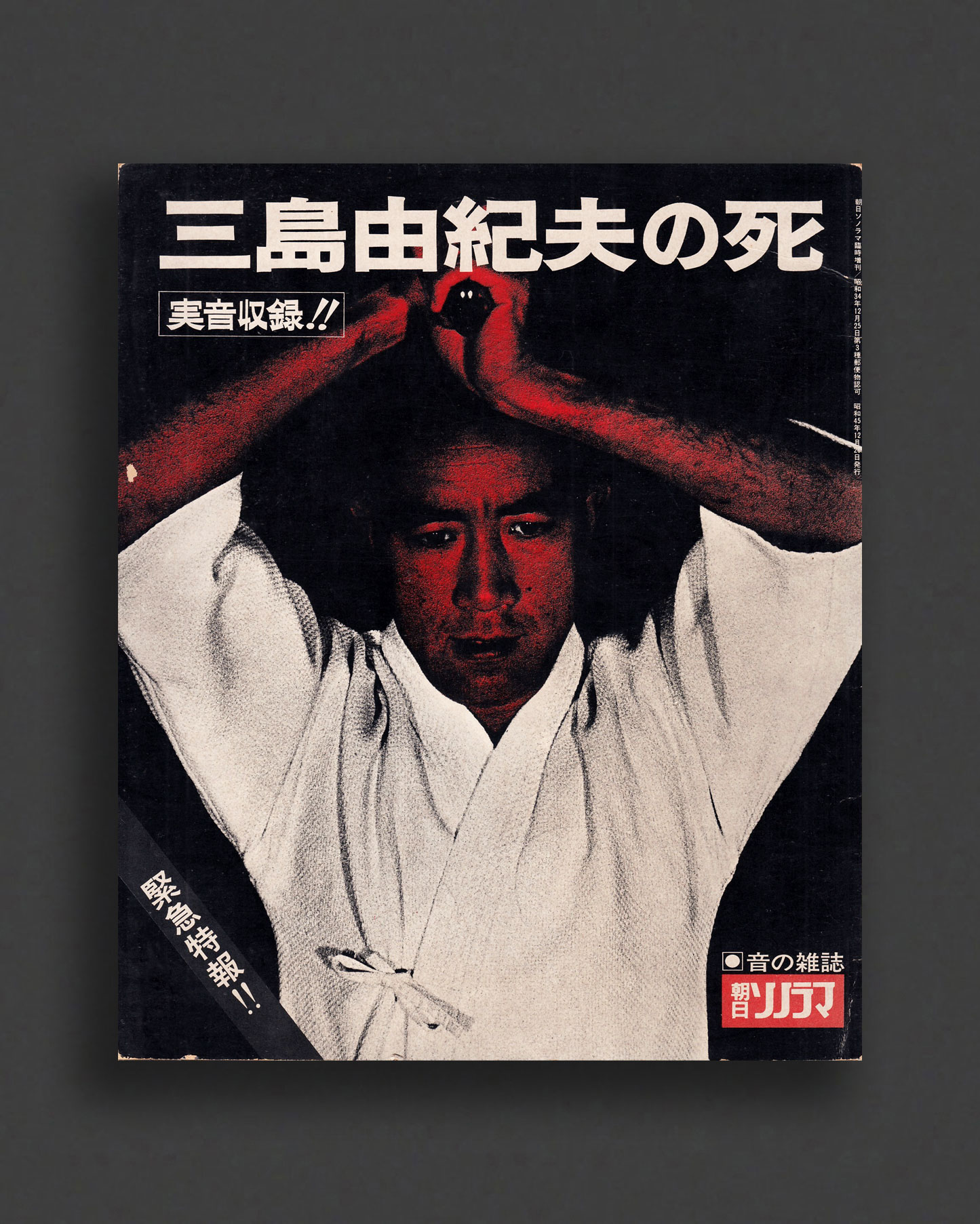(...less)
Rare first 1968 slipcase edition of legendary Japanese Neo-Dadaist Ushio Shinohara's autobiography art-book, published right before he left Japan for New York City. With endorsement on the slipcase from Japanese artist and theorist Tarō Okamoto, the book is as explosively designed as an iconic Shinohara boxing performance. Wrapped in a lenticular cover and spanning many different paper stocks and fold-out plates, "The Way of the Avant-Garde" is profusely illustrated with bold graphics, exhibition and performance photographs, cartoons and collages accompanying Shinohara's texts that document his post-war avant-garde work in Tokyo — a violent blend of Japanese unrest, Action Art and American Pop.
Ushio Shinohara (b. 1932), nicknamed “Gyu-chan” (Little Cow) for his iconic Mohawk haircut, was a pivotal member of the Neo-Dada movement (or Neo-Dada Organizers) in Japan along with artists Genpei Akasegawa, Masunobu Yoshimura, Shūsaku Arakawa, Sayako Kishimoto, Tetsumi Kudō, Natsuyuki Nakanishi, etc. The book focuses on his struggling years as a young artist in Japan, the early radical performances, actions, and exhibitions staged by himself and his peers in the avant-garde — impulsive spectacles, often involving physical destruction of objects, that the art critic Ichirō Hariu deemed "savagely meaningless," and that inspired another art critic, Yoshiaki Tōno, to coin the term "anti-art" (han-geijutsu). The term group member Genpei Akasegawa would later use was "creative destruction" whereby the group sought to create a space for new types of art to emerge by systematically seeking out and destroying all existing artistic norms and conventions. Examples included filling galleries with piles of garbage, smashing furniture to the beat of jazz music, and prancing the streets of Tokyo in various states of dress and undress. Using the human body as their medium of art, their violent performances reflected both their dissatisfaction with the restrictive environment of the Japanese art world at the time, as well as contemporary social developments, most notably the massive 1960 Anpo protests against the U.S.-Japan Security Treaty.
In June 1960, Akasegawa read out the group's "manifesto" (written by Ushio Shinohara) to a group of reporters:
"No matter how much we fantasize about procreation in the year 1960, a single atomic explosion will casually solve everything for us, so Picasso’s fighting bulls no longer move us any more than the spray of blood from a run-over stray cat. As we enter the blood-soaked ring in this 20th century—a century which has trampled on sincere works of art—the only way to avoid being butchered is to become butchers ourselves."
This statement conveyed a sense of hopeless desperation that, at a time when attempts to create new forms of art were being suffocated by oppressive ideologies and hide-bound institutions, the only way to save art was to kill it.
Shinohara embraced Pop Art as early as 1963. In 1964, Shinohara was inspired to creatively “copy” Robert Rauschenberg’s “Coca-Cola Plan” (1958), having seen the work pictured in an article by the iconic Japanese critic Yoshiaki Tono in “Mizue” magazine. Shinohara explained: “As I was looking closely at how it was made, I noticed the use of three empty Coca-Cola bottles and realized there were tons of empty Coca-Cola bottles in my backyard.” Because the original work by Rauschenberg had been reproduced in the magazine in black-and-white, Shinohara invented the colors for his own duplicative assemblage (of which he made ten), incorporating bright white and accents of yellow and red. When Rauschenberg visited Shinohara’s studio with Tono while visiting Tokyo in the same year, he was surprised to see Shinohara’s reimagining of his work, joyfully exclaiming, “My son!”
The book features Robert's creative friendship with Shinohara and documents their events and discussions together in Tokyo, illustrated with wonderful visual spreads of the “Coca-Cola Plan(s)", which contributed to an important artistic questioning of authorship and consumer culture that pre-occupied both artists.
Ushio has lived and worked in New York since 1969, his work has been exhibited internationally at institutions including the Hara Museum of Contemporary Art, Centre Georges Pompidou, the Guggenheim Museum SoHo, National Museum of Modern Art, Tokyo, Leo Castelli Gallery, New York, Museum of Contemporary Art, Los Angeles and The Metropolitan Museum of Art, Seoul, and others. Shinohara and his wife, Noriko, are the subjects of a documentary film by Zachary Heinzerling called Cutie and the Boxer.
Very Good copy in Good—VG slipcase (slipcase has some light marking an old damp-stains/toning, mostly to the back) otherwise well preserved.
File under:
Ushio Shinohara
Genpei Akasegawa
Masunobu Yoshimura
Shūsaku Arakawa
Sayako Kishimoto
Tetsumi Kudō
Natsuyuki Nakanishi
Taro Okamoto
Robert Rauschenberg
Tetsumi Kudo
Bijyutsu Shuppan / Tokyo
Art
Performance / Dance / Theater
Out-of-print / Rare
Japanese Photography
Dada
Painting
Sculpture / Installation
Transgressive / Visceral / Abject
Counterculture
Pop Art




















































































































































